-webp.webp)
Temples of Egypt: Exploring Ancient Wonders
Egypt is famous for its ancient temples as it is famous for the Pyramids of Giza because of its history and mystery. Egyptian temples are of great historical, architectural, and cultural value. Each wonderful architectural construction that emerges from between the temples, such as Karnak's towering columns or Philae's quiet beauty, embodies a different story's relationship–a story of devotion and power. Tourists and history lovers alike should include the famous temples of Egypt in their itineraries. For an enriching experience, Respect Egypt Tours provides memorable trips to these historical sites at their best.
The Significance of Temples in Ancient Egypt

Ancient Egyptian history shows that temples served as schools, administrative centers, and economic hubs. These colossal buildings were constructed to foster the worship of the gods, goddesses, and pharaohs who were believed to be the pinnacle of the religious society. Moreover, ancient Egyptian temples embodied the pharaohs' power, as people viewed them as gods on Earth. These buildings were also highly significant in ancient Egyptian civilization religion as they acted as mediators between humanity and the gods. Furthermore, intricate carvings and hieroglyphics depicting ancient Egyptian ceremonies and dreams richly embellished the temples.
Cosmic Symbolism in Temple Design
The construction of these temples was a display of divine order, with the offset of its walls being the doors, and the inner sanctum being the entry points to divinity. Priests that involved the offering of food, incense, or prayers to the gods to restore peace between earth and heaven conducted daily rituals. Such profound interactions ensured temples weren't merely domains of prayer for citizens, but the centers which upheld and preserved everlasting peace.
Why did ancient Egyptians Built Temples?
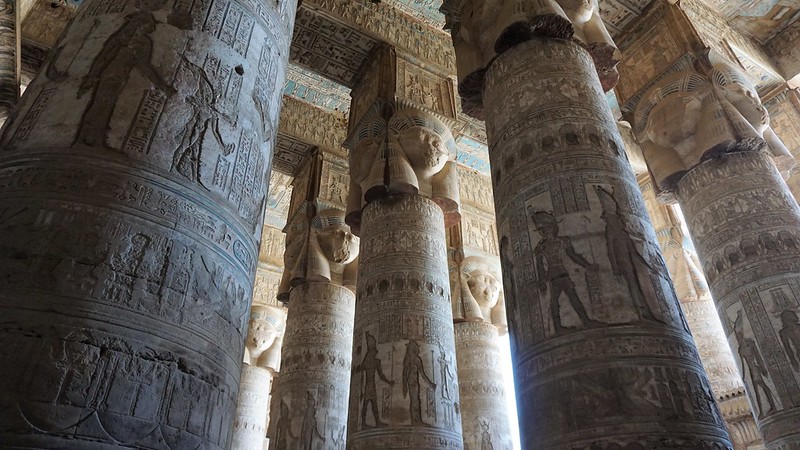
Honoring the Gods and Pharaohs
Temples were built to serve as important places of worship made to respect and recognize the gods and pharaohs. They served as a link between the gods and the people. Each temple had its patron god or pharaoh, and its architecture contained imagery that illustrated the temple's purpose.
Centers of Ritual and Worship
Temples were centers of worship. Priests performed daily rituals and made offerings to the gods during seasonal celebrations in order to sustain ma'at, the peace of the universe. These ceremonies maintained the relationship between the gods and the people of the earth.
Displays of Power and Legacy
Pharaohs commissioned the construction of temples to show their divine power and to use them as a monument to their reign. Such giant structures signify their wealth, power, and allegiance to the deities. For example, the Abu Simbel temples served as a showcase of Ramses II's strength but also as a deterrent to enemies.
Construction Timeline and Techniques
It is not a surprise for the Temple of a Pharaoh to take decades to construct, granted that it often involves multiple generations. Priests supervise the construction of the Temple, along with many skilled laborers, artisans, and architects. They would carefully shape stone blocks so that they could be appropriately used in the temple's construction. Along the construction process are intricate carvings and mythology-related paintings.
The Role of the Nile in Construction
Boats ferried stone blocks from various quarries to the construction site, making the Nile River crucial for temple building. The river provided both the workers and supplies needed for temple rituals.
Karnak Temple Complex
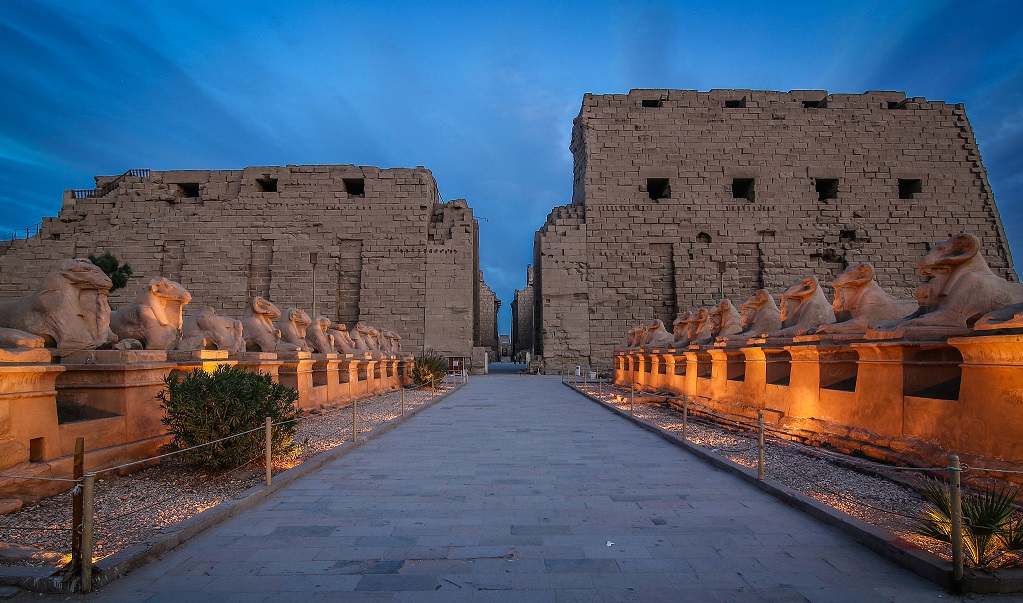
The Karnak Temple Complex is the biggest one in Luxor and there is none like it and its scale is not comparable either. The Great Hypostyle Hall, with 134 intricately carved pillars, is one feature of the Karnak Temple Complex, which covers over 200 acres. Every single column has beautiful hieroglyphs and reliefs portraying rituals, gods and pharaohs on it. The hall is a great example of ancient engineering and the prowess of Egyptian artisans.
The Sacred Lake of Karnak
Sacred Lake, in the complex, served as a lake used by priests for their purification ceremonies, which clearly shows the importance of water in the spiritual domain of these priests. The tremendously large lake encircled by stone walls is still a peaceful area for tourists.
Construction Insights
Thirty pharaohs collaborated, completing Karnak Temple construction over 2000 years. Using ramps and human effort, workers manually transported and set these stone columns, each weighing over 70 tons.
Luxor Temple
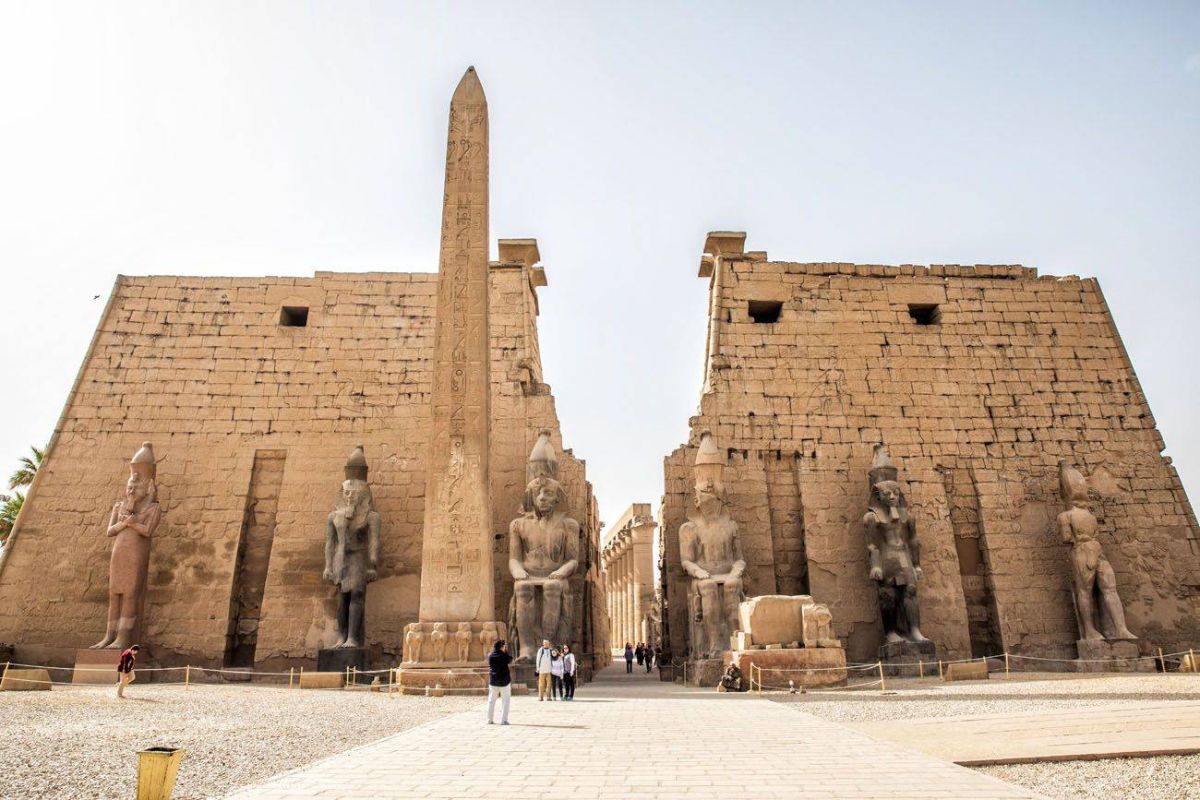
Luxor Temple, connected to Karnak by the Avenue of Sphinxes, embodies a different architectural style. Primarily, the temple's enormous pylons and courtyards were built in praise of the Theban Tribes Amun, Mut, and finally, Khonsu. The placement of the temple in relation to the Nile River, as well as the stars, showcases the Egyptians deep understanding of astronomy and how well they incorporated it in their religion.
Illuminating Luxor at Night
The temple's nighttime beauty is transformative, offering a unique experience. Most who witness this light up temple find it enchanting.
Timeline and Techniques
Amenhotep III initially ordered Luxor Temple and was further developed by Ramses II. Beautiful reliefs construct with sandstone blocks, also sourced locally, and supplemented the temple. This showcases the immense craftsmanship held by Egyptian artisans.
The Abu Simbel Temples
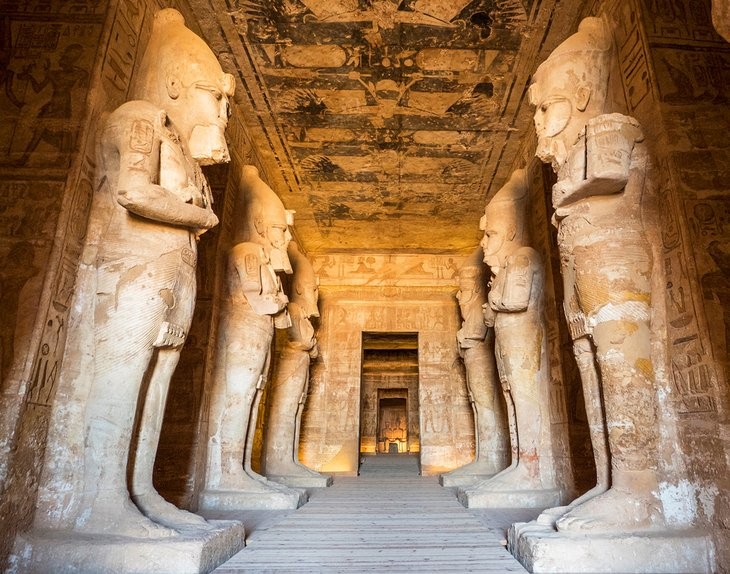
The Abu Simbel Temples are dug straight out of sandstone, they are located in a manner that shows the power and royal favor of Ramses II. These temples are an exquisite feat of engineering.
Twice-Yearly Solar Phenomenon
Twice a year, sunlight penetrates the inner sanctuary, illuminating the statues of Ramses and the gods, a phenomenon that continues to captivate visitors. This astronomical alignment reflects the Egyptians' advanced understanding of solar patterns and their ability to integrate this knowledge into monumental architecture.
Construction Feats
The construction of Abu Simbel took over 20 years during the rule of Ramses II. The walls were traditionally sand stoned which was sculptured to make colossal statues and rooms, using only copper tools.
Philae Temple
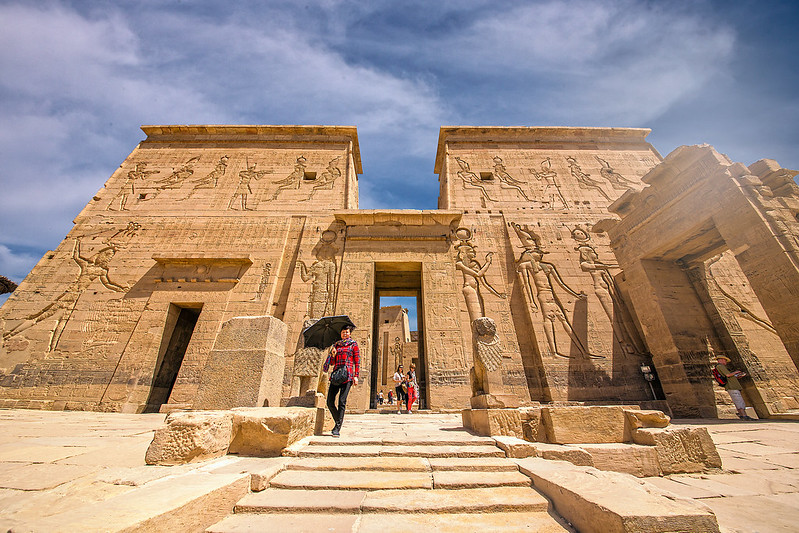
Another treasure of the Egyptian heritage is the Philae Temple, which is dedicated to the goddess Isis. Carvings with anatomical detail depict devotion scenes and mythological events, exemplifying Isis's role as guardian and nourisher.
The Relocation of Philae
The temple was moved from Philae Island to Agilkia Island in the construction time of the Aswan High Dam, saving it from flooding, impressively. This intervention made it possible for the coming generations to witness the temple's magic and intricacy.
Construction Details
The construction of the Philae Temple combined Egyptian and Greco-Roman styles and took place during the Roman and Ptolemaic days. Its granite uses and intricate carvings are signs of advanced craftsmanship.
The Temple of Horus at Edfu
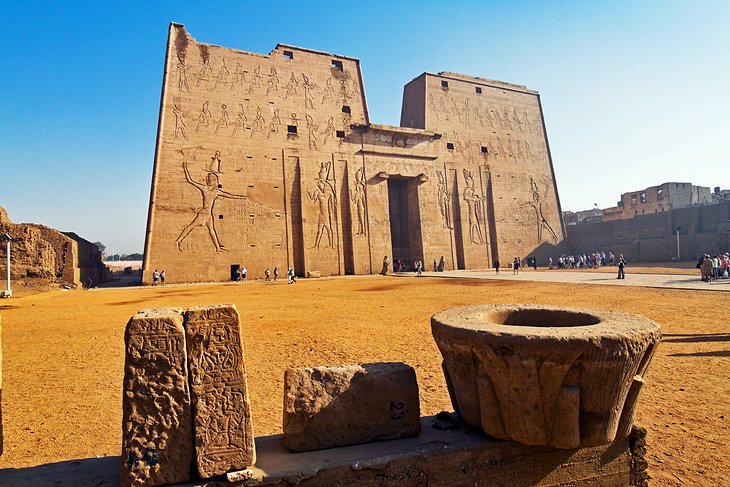
The Edfu Temple of Horus is one of the oldest temples and as well one of the most preserved temples that Edfu village offers. It illustrates the Ptolemaic period. Its colossal pylons depict carvings of Horus, an emblem of all that is good and an everlasting battle with evil.
Depictions of Rituals
The reliefs within the temple showcase rituals and various festivals, which gives a lot of insight on the religious practices of that ancient civilization. To understand ancient Egyptian religion, tourists can visit the inner sanctuaries and see the placement of offerings.
Architectural Techniques
Constructed over approximately 180 years, the Horus Temple is an egregious example of Ptolemaic stonework. The craftsmanship and detail carved into the temples act as evidence of their eternal quest for perfection.
The Temple of Kom Ombo
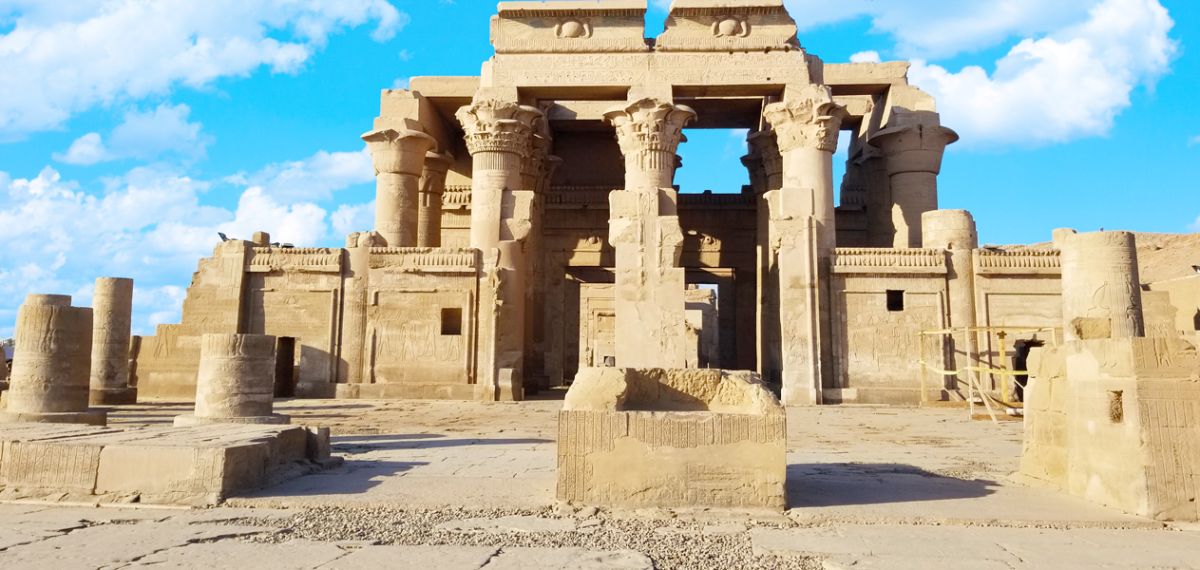
Kom Ombo Temple is a splendid structure that happens to be built for not one, but two gods: Sobek, the god of crocodiles, and Horus, the god of falcons. Kom Ombo's structure marks this dual dedication as it has an identical offering hall for both of the gods.
The Crocodile Museum
The Egyptian crocodile museum, which is a short walk from this location, has on display mummified crocodiles and other artifacts that show the devotion of the Egyptians to these amazing reptiles.
Ancient Medical Reliefs
The Egyptians' extensive knowledge of healing practices and surgical tools, delicately carved into temple walls, demonstrates their great understanding of medicine.
Dual Construction Techniques
The planning and introduction were accurate in meeting the requirement for the temple's dual design. Workers used locally sourced sandstone in the building of the mirrored halls and sanctuaries which reflected the duality of the gods.
The Temple of Hatshepsut
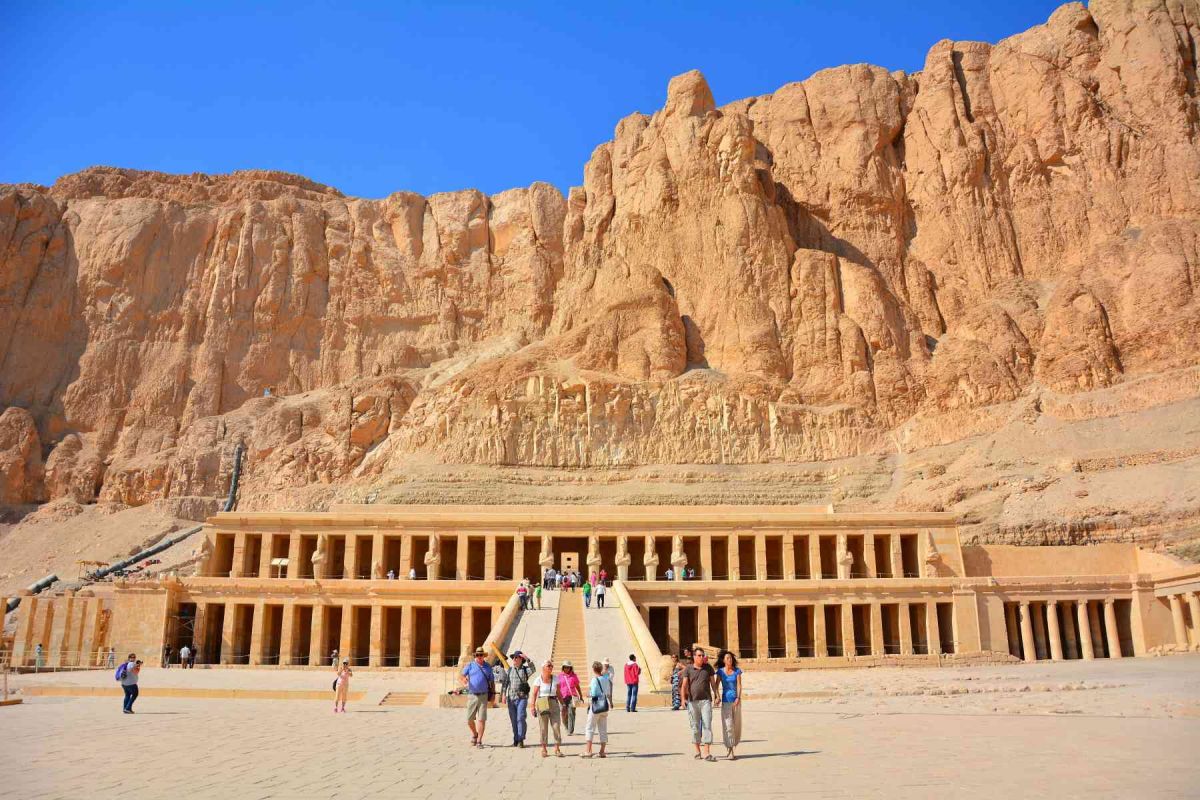
The Temple of Hatshepsut, at Deir El-Bahari, represents one of Egypt's most powerful female pharaohs. Its terraced multi-design complements the adjacent cliffs and is thus stunning to behold.
Divine Birth Reliefs
The wife of Thutmose II, Queen Hatshepsut, has also been highlighted in the reliefs of the temple next to Karnak. These reliefs portray her divine birth and thus endorse her legitimacy as a ruler. Ancient Egyptians displayed exceptional architectural skill.
Construction Insights
Hatshepsut's temple took nearly 15 years to complete. It's inextricably intertwined with the natural environment, so it took extensive planning and precise engineering to be built.
Temple of Seti I
The Temple of Osiris is northwest of the Osirion, and the Temple of Seti I at Abydos features notable carvings, as well as an impressive dedication to Osiris. The connection between Osiris and Isis and Abydos is thought to be profound, yet this temple functions as an important religious site associated with the mysterious Osirion.
Architectural Features
Not only is the temple renowned for its elaborate reliefs, but it also houses the Abydos King List that provides great information regarding Egyptian kings.
Construction and Purpose
Seti I and his son Ramses II construct this temple, which serves both as a tomb and a place of worship. As observed, its magnificent halls and reliefs are masterworks of art.
Unique Features of Egyptian Temples
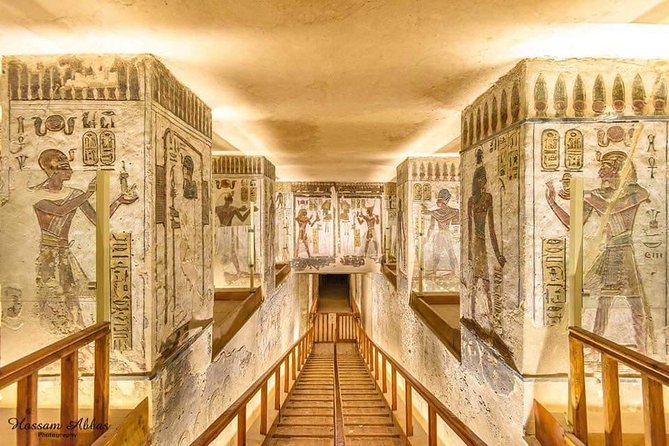
Egyptian temple design emphasized the temples' spiritual significance. The large, carved gateways, known as pylons, served as the threshold between the earthly and the divine. Also, the hypostyle halls added up to the awe-inspiring feel with their towering columns. Pharaohs and priests alone were permitted access to the inner sanctuaries, which contained statues of the gods.
Celestial Alignments
Many astrological events, such as solstices and equinoxes, coincide with the existence of various Egyptian temples, thus showing their advanced astronomical knowledge. These alignments ensured that temples served not only as places of worship but also as sites for monitoring and honoring celestial cycles.
Carvings and Reliefs
The temple walls' inscriptions of tales, battles, and customary rites well portray the ancient fellah in's religious and social customs, mythology, politics, architecture, and even costumes.
Exploring the Temples with Respect Egypt Tours
Respect Egypt Tours provides professional tour guides around these remarkable temples. Our guides narrate gripping sagas regarding the history of the location, which helps visitors understand the context of every religious structure. Whether it be the vast Karnak UNIT or the quiet Philae temple, we aim to explore the distinct characteristics and background of these buildings. Tourists can visit the great Abu Simbel temples, the enigmatic Kom Ombo, the magnificent Hatshepsut's temple while providing a memorable experience.
- Embark on a 5-day Egypt vacation package exploring Ramesses II's legacy. Discover ancient temples, historic wonders, and the rich culture of Egypt. Book your journey now!
- Explore Queen Hatshepsut's legacy with a 7-day Egypt itinerary covering Cairo & Upper Egypt. Discover ancient temples, tombs, and the rich history of Egypt. Book now!
- Join Tutankhamun on a budget-friendly Nile Cruise from Aswan to Luxor. Explore ancient wonders, temples, and the magic of the Nile. Book your adventure today!
Conclusion
Not only do the Temples of Egypt remind us of a long-forgotten civilization's splendor, but they also are masterpieces. Each temple encapsulates a distinct tale and provides insight into the creativity, faith and tenacity of the Ancient Egyptians. From Karnak Temple and Abu Simbel Temple to Philae Temple, these temples are stunning. Come with Respect Egypt Tours, fill your heart with beautiful memories of visiting magnificent sites, and help us promote these wonderful monuments.
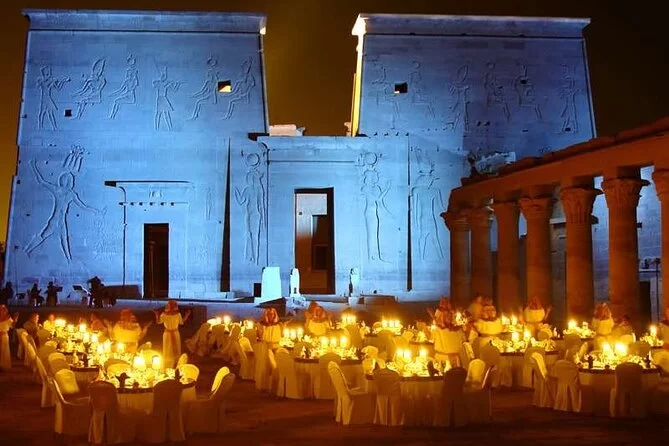
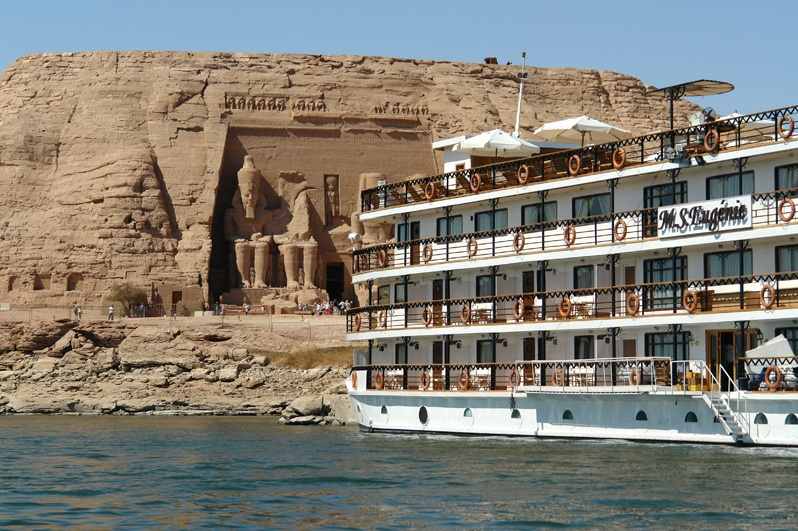
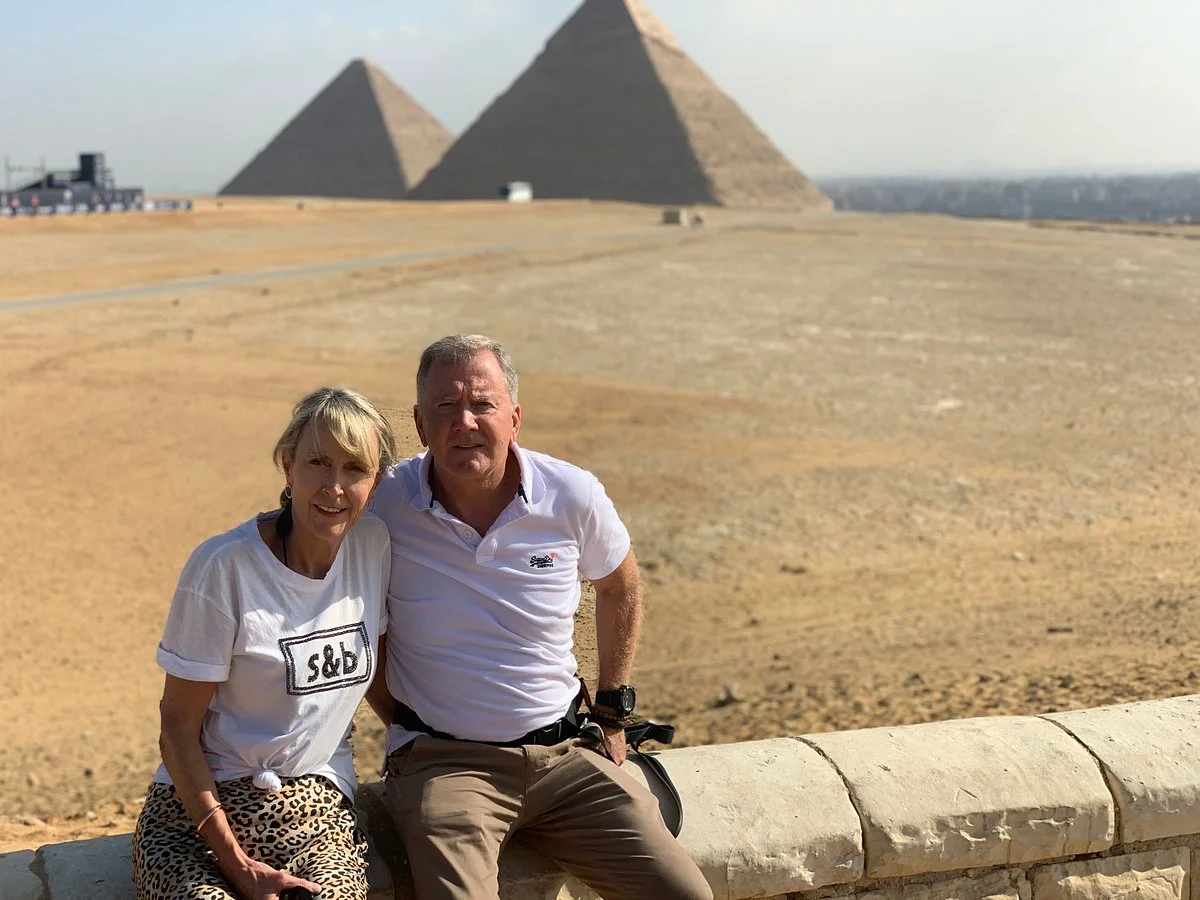






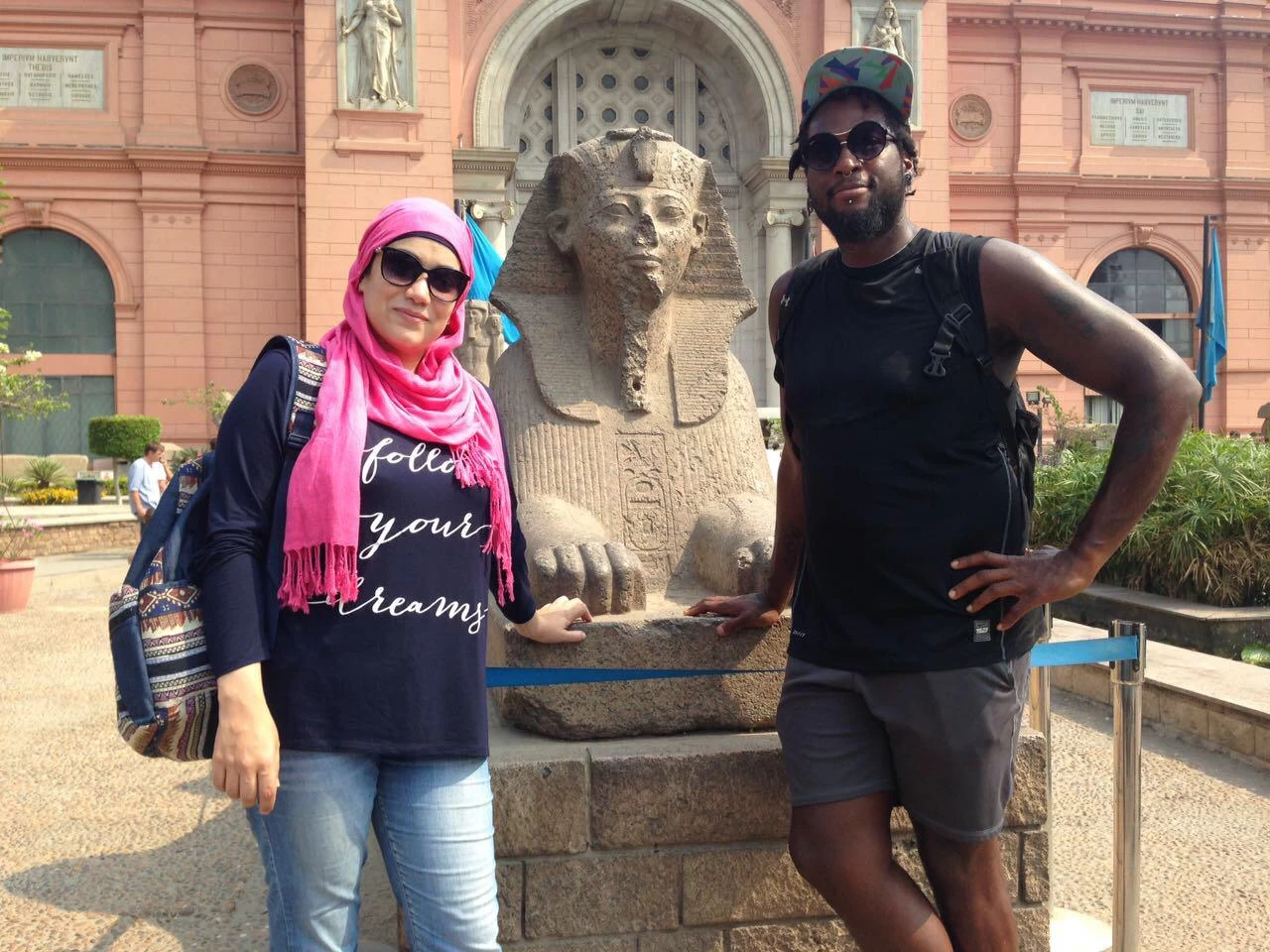

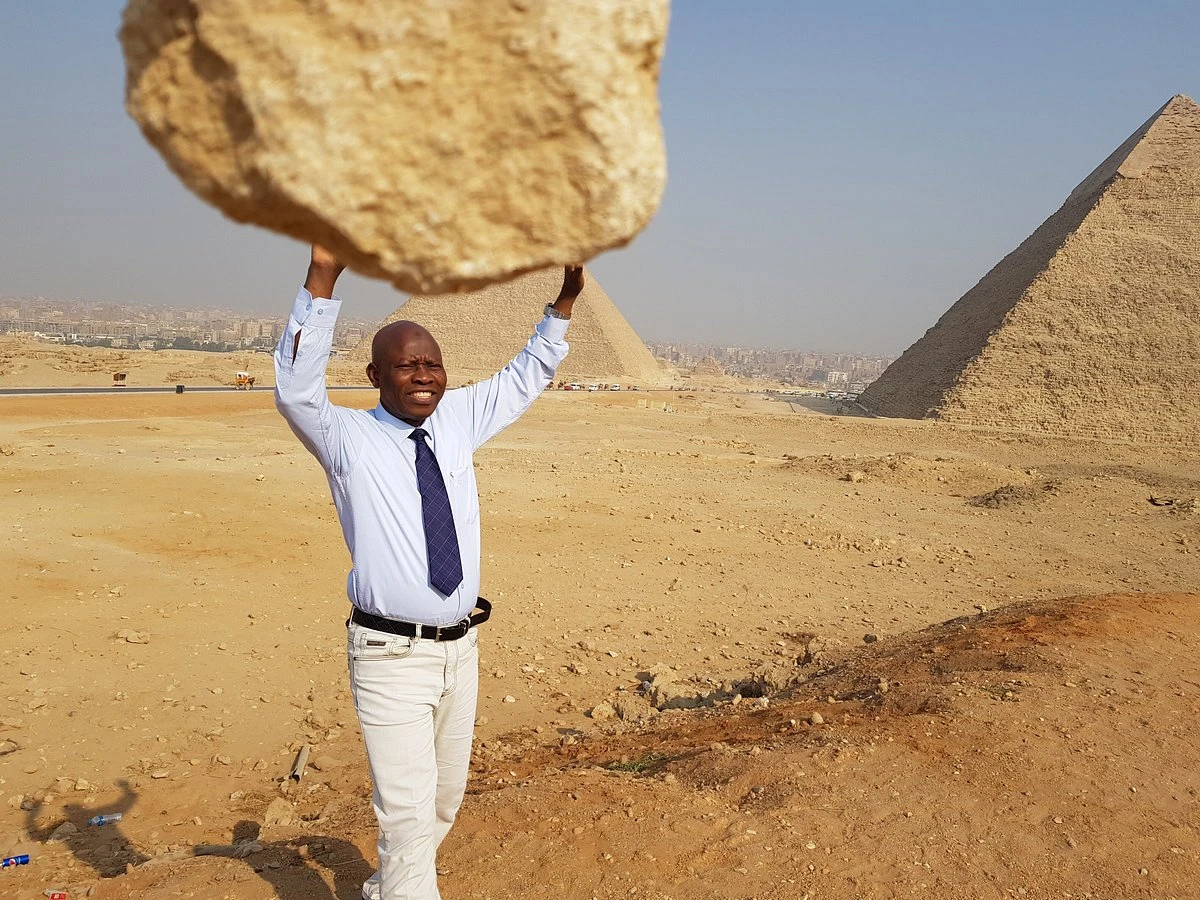
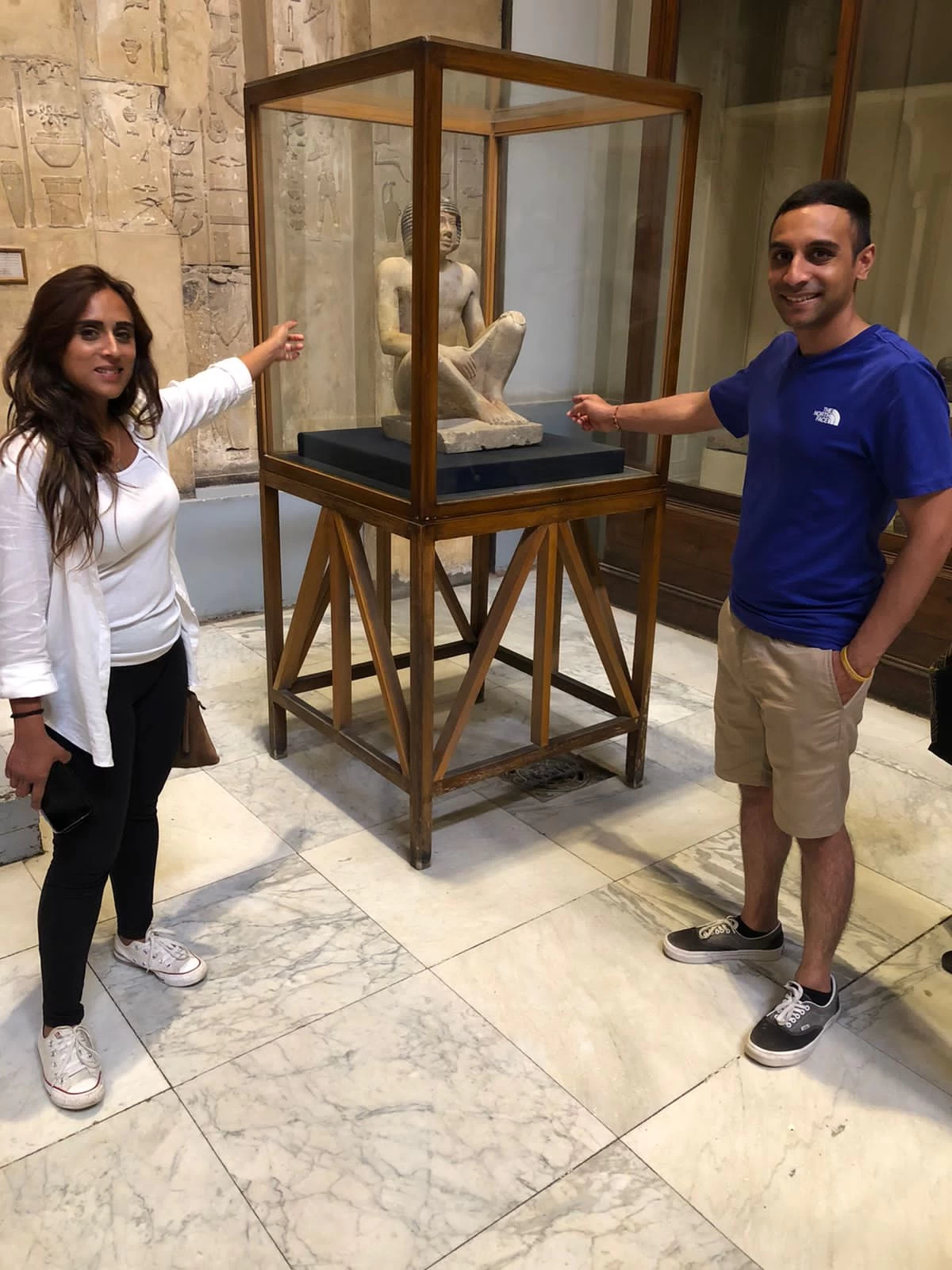
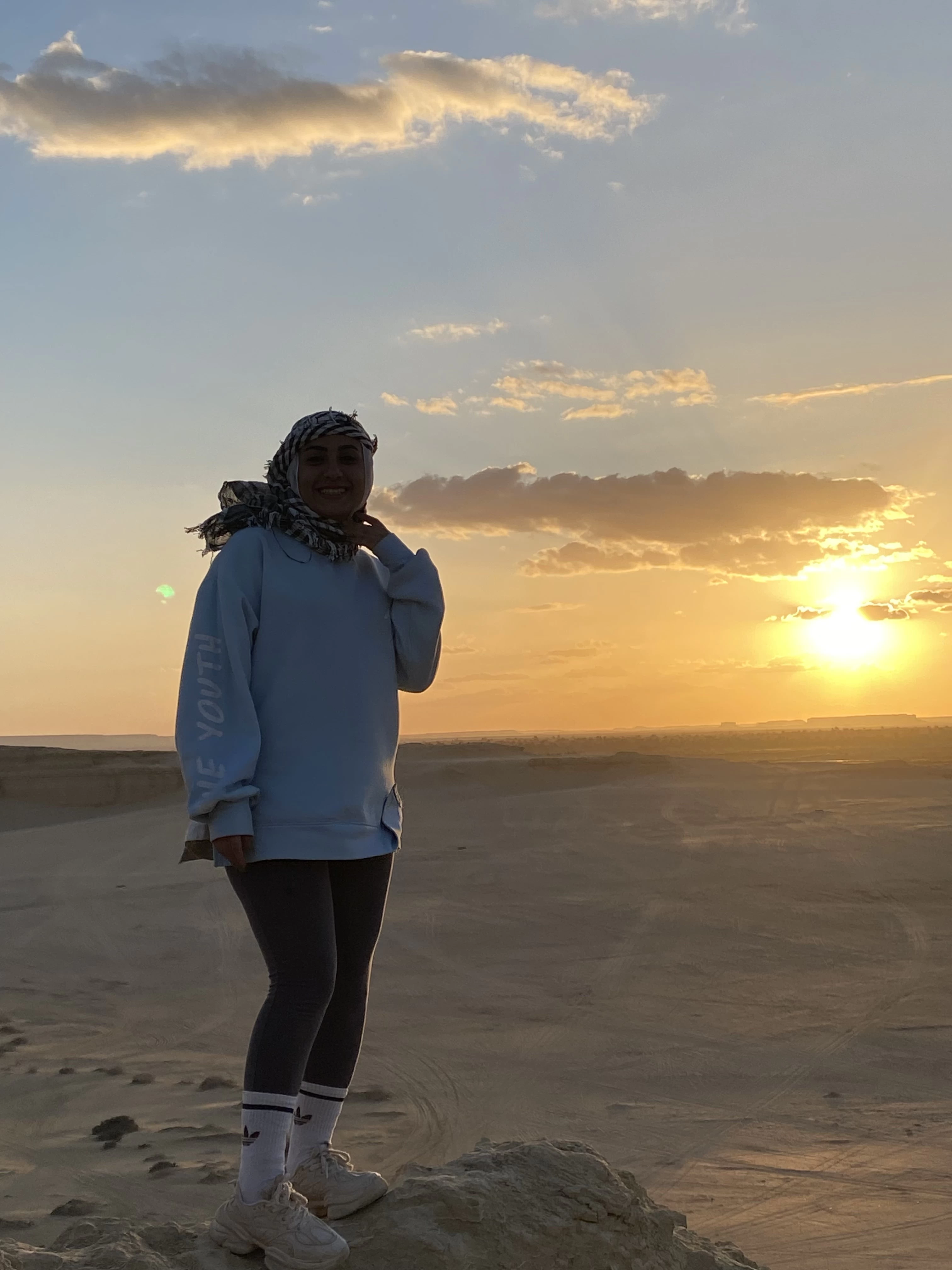
-webp.webp)

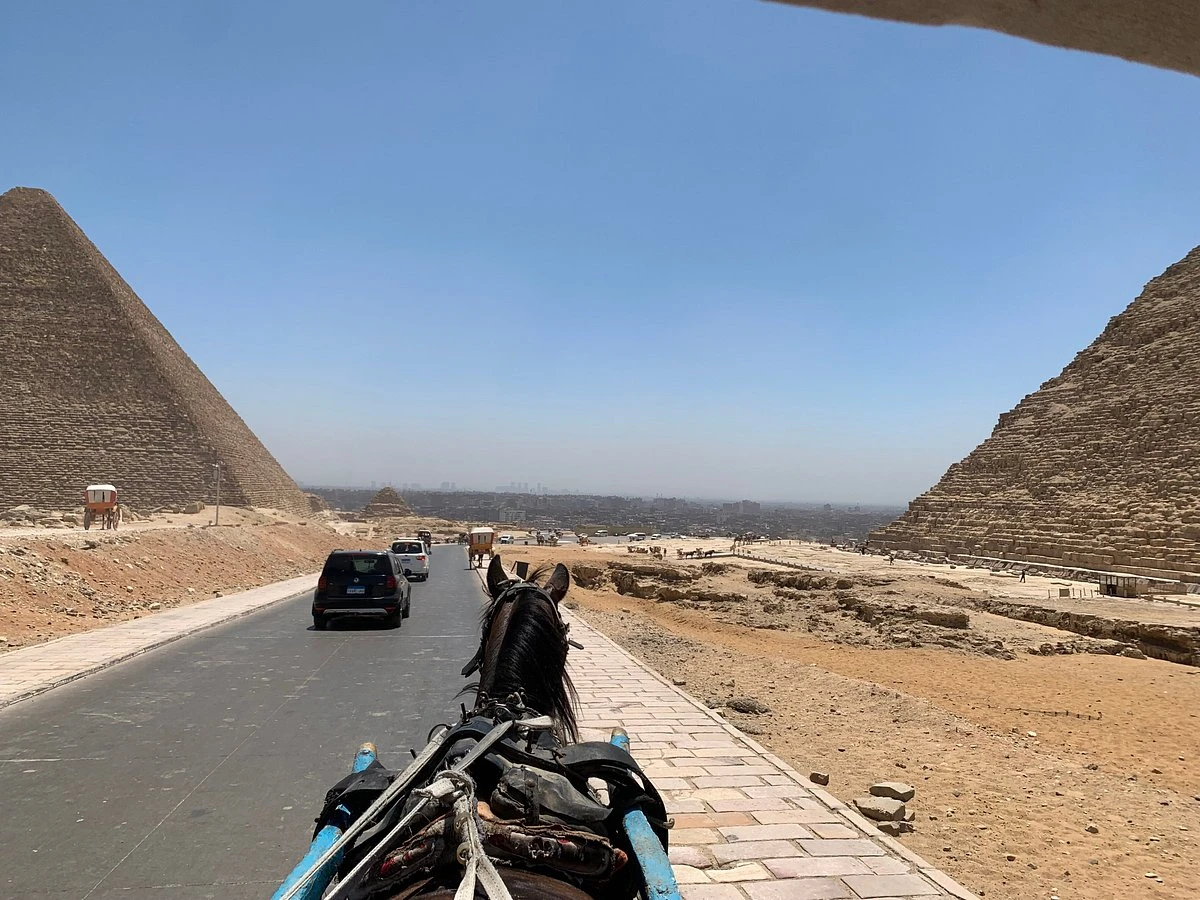
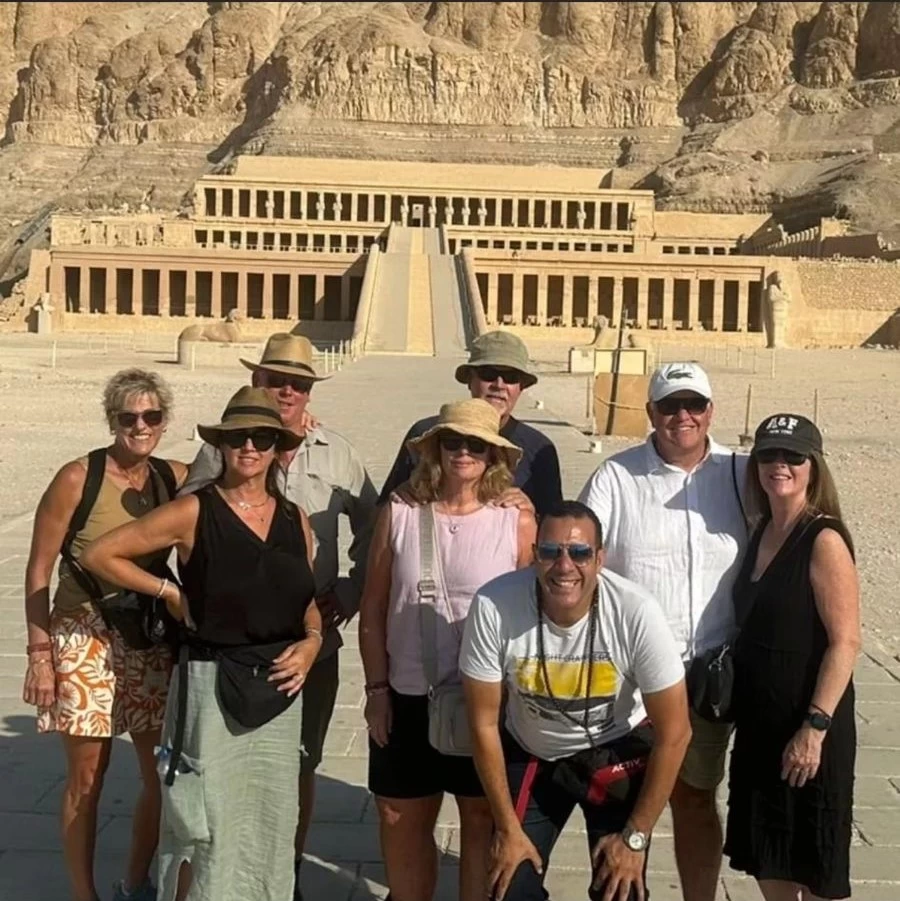
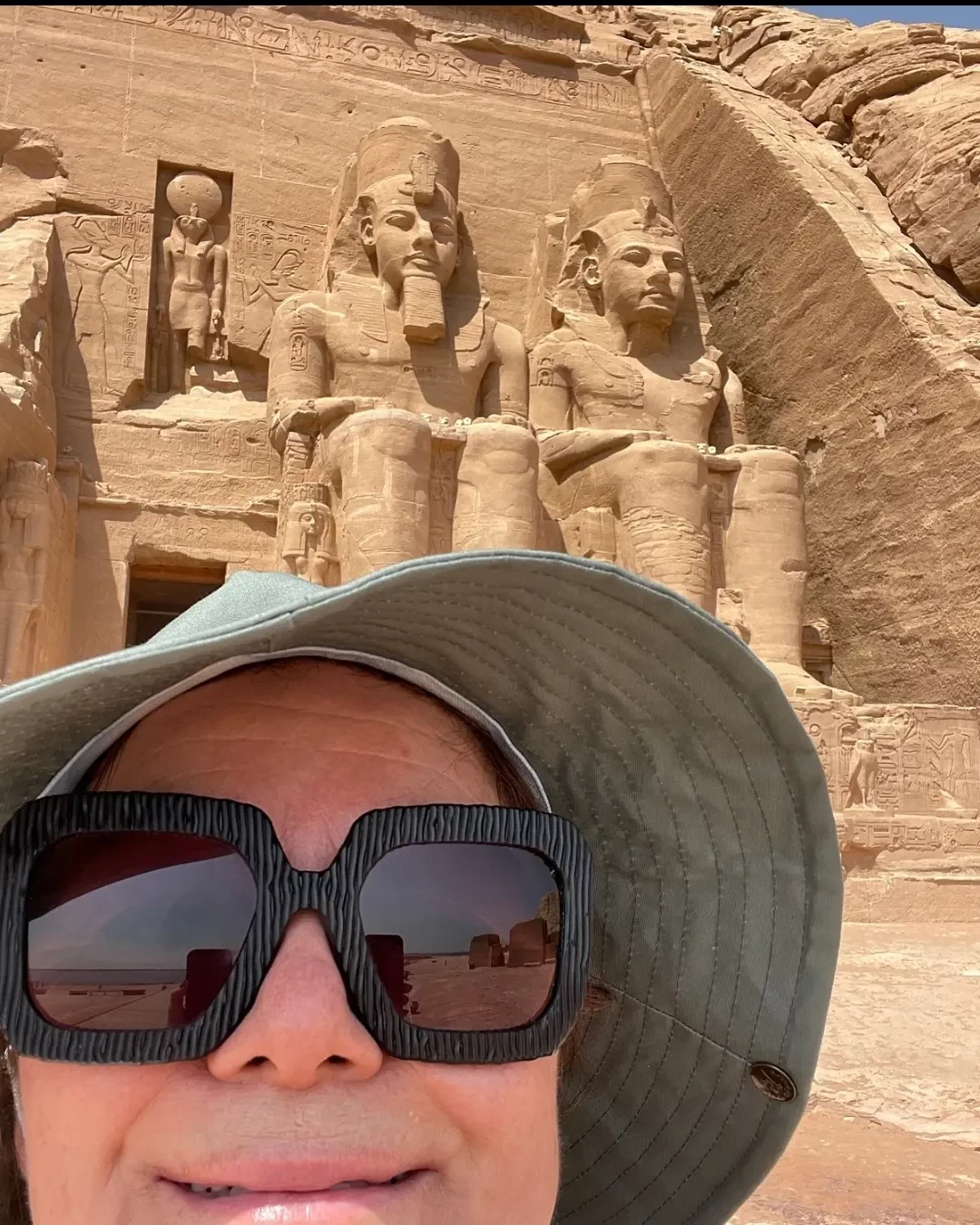
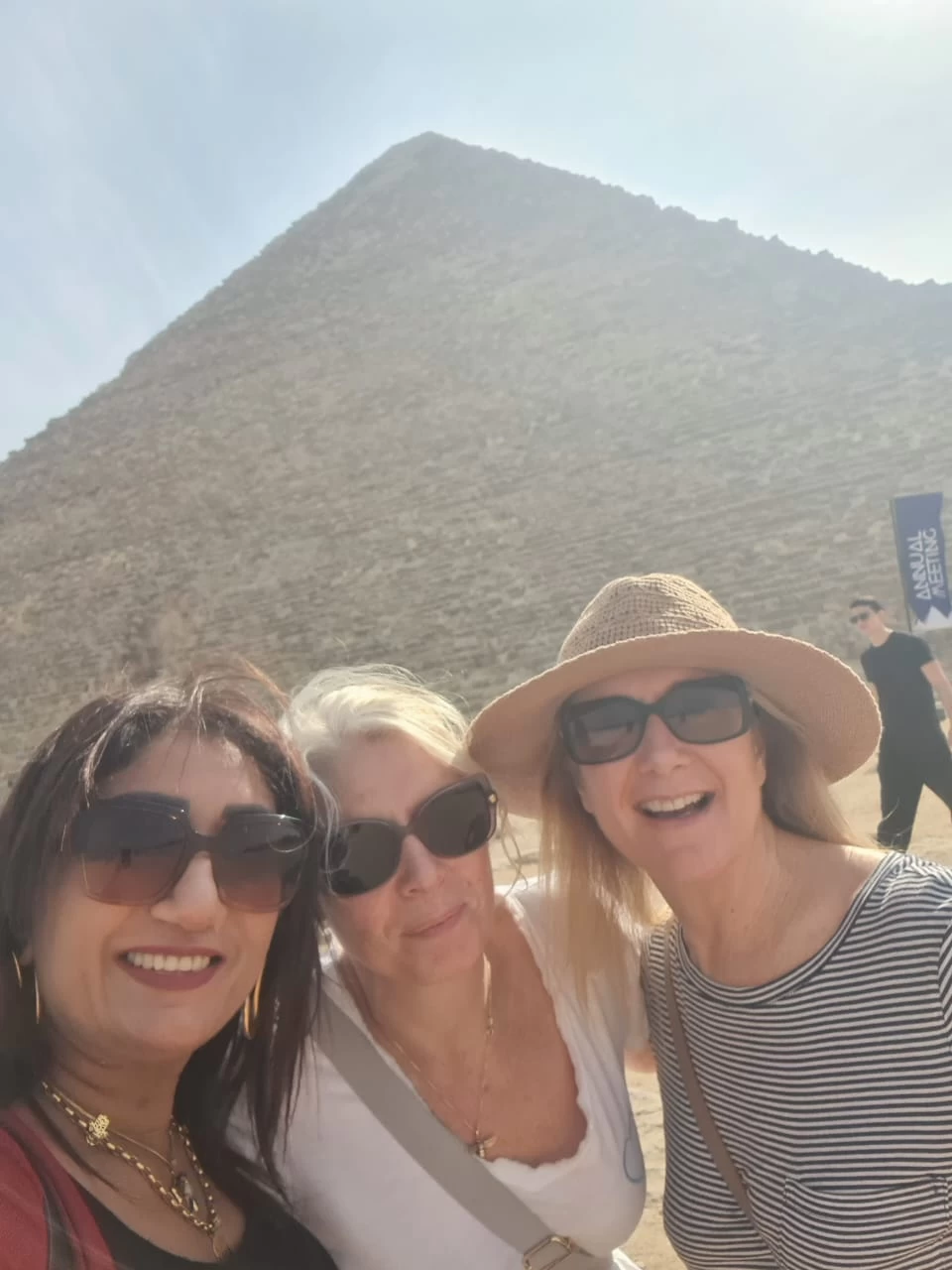
-webp.webp)

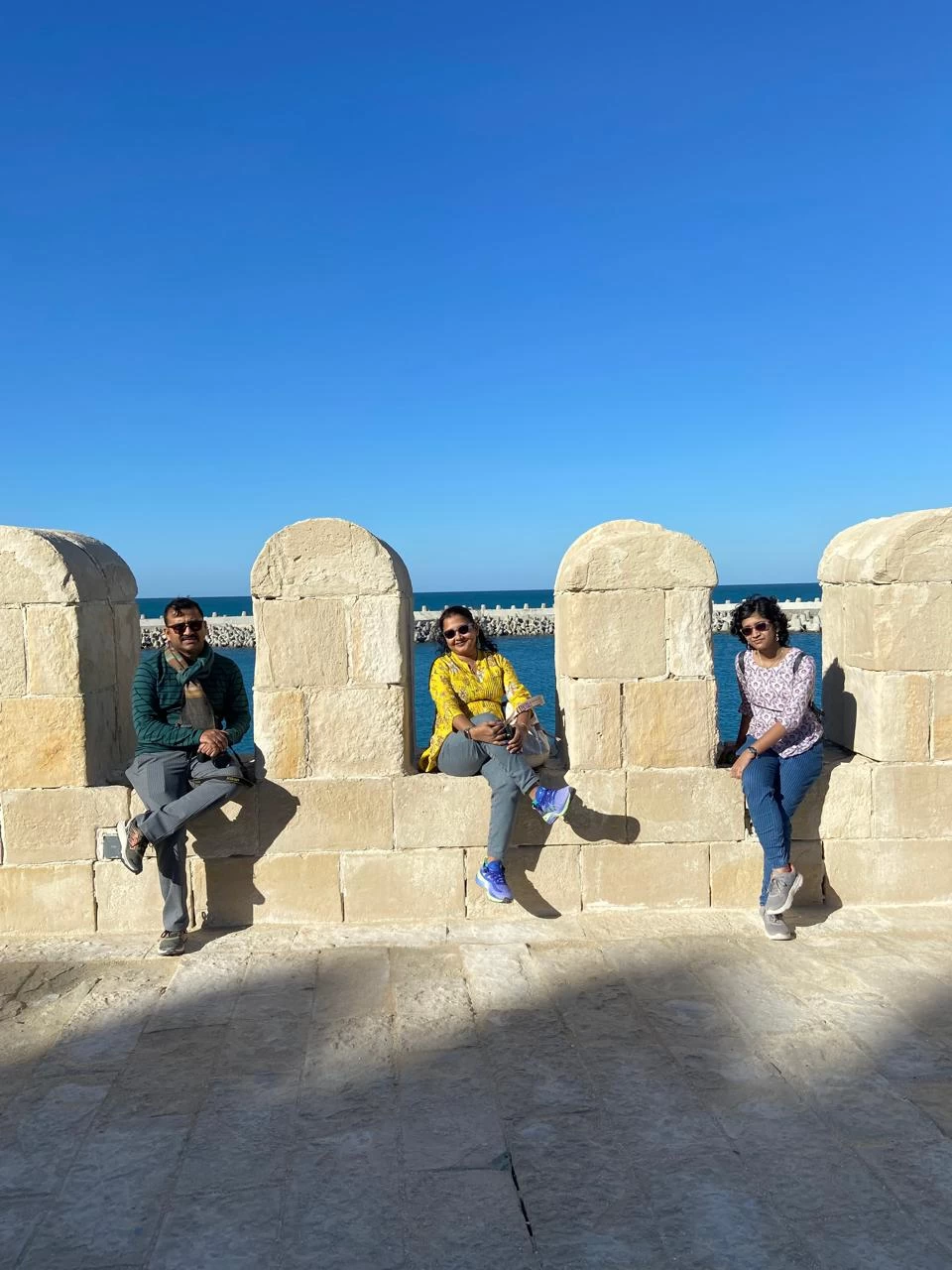
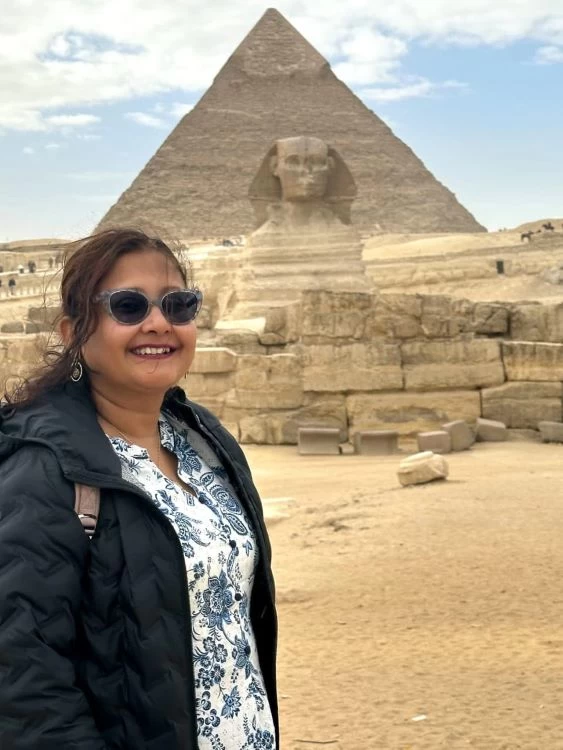
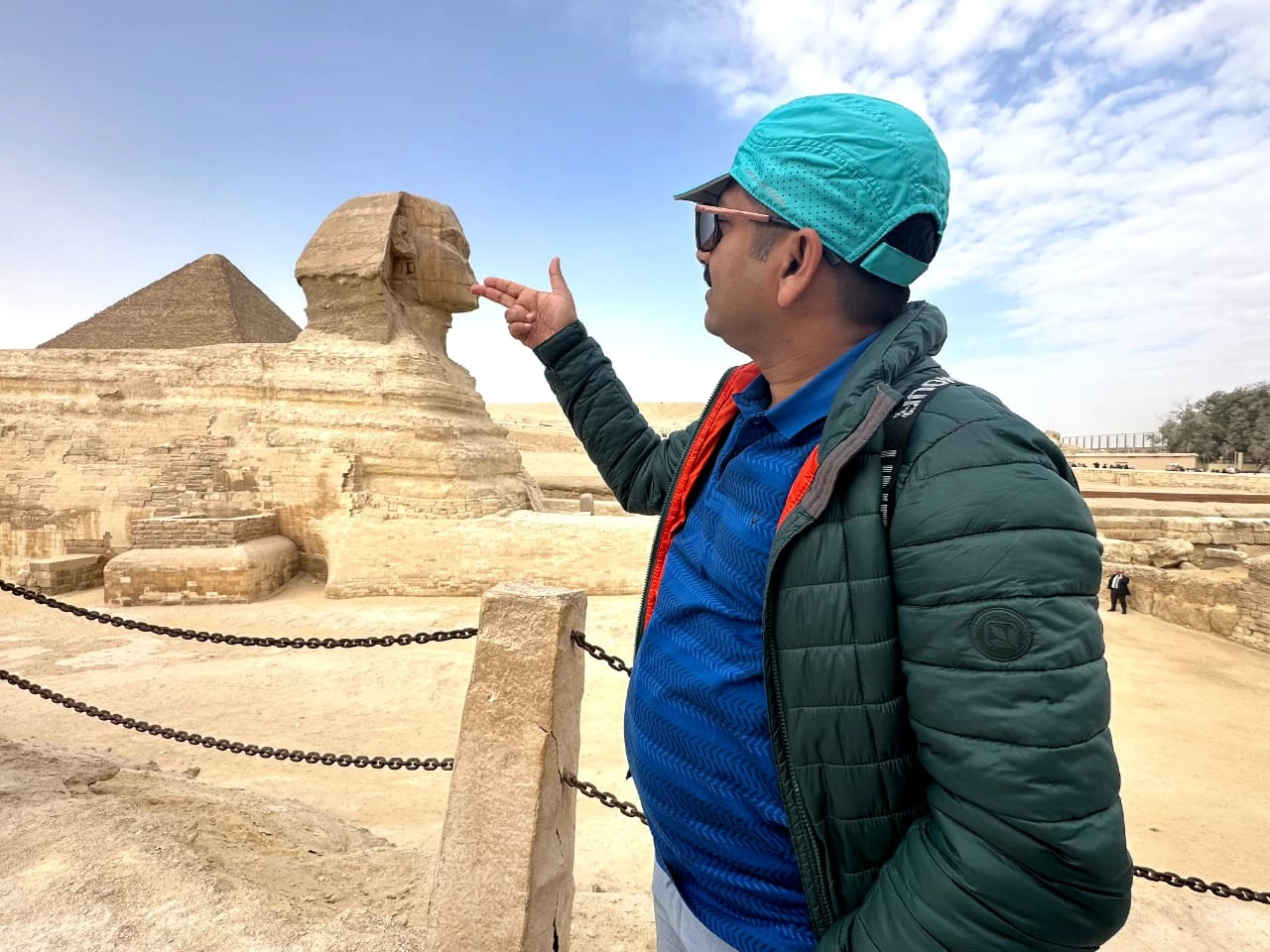
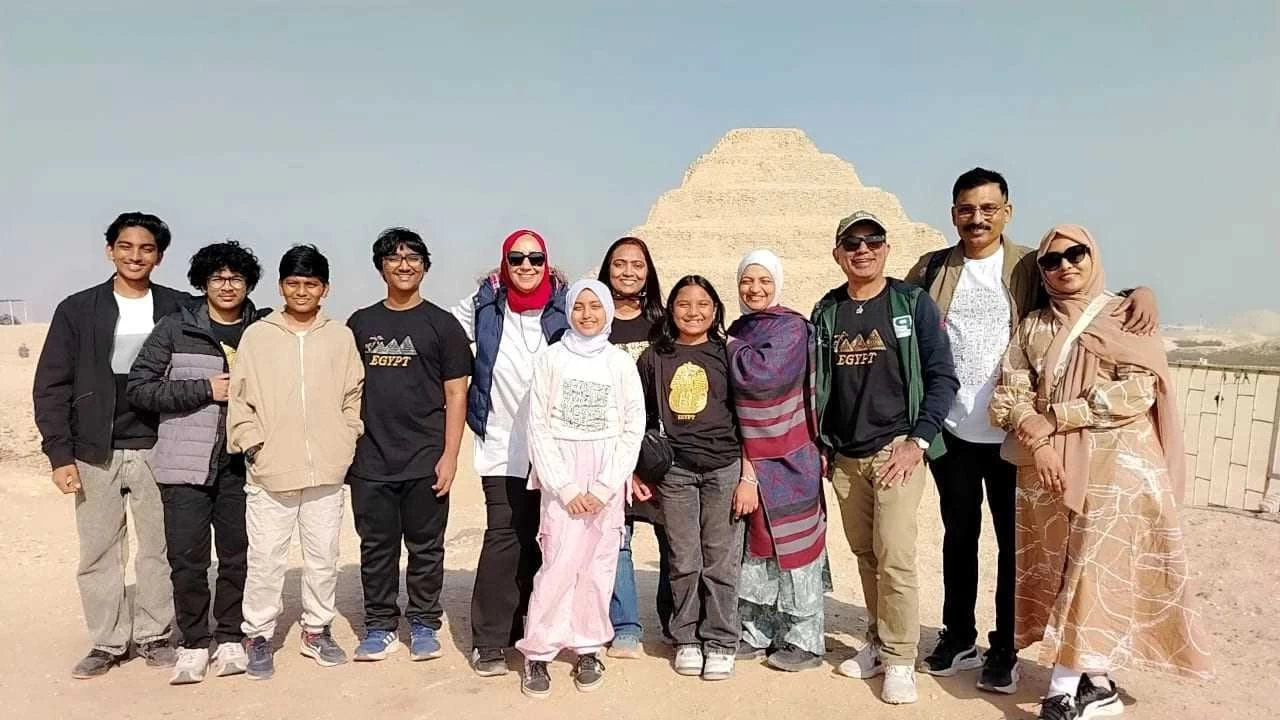
-webp.webp)
-webp.webp)
-webp.webp)
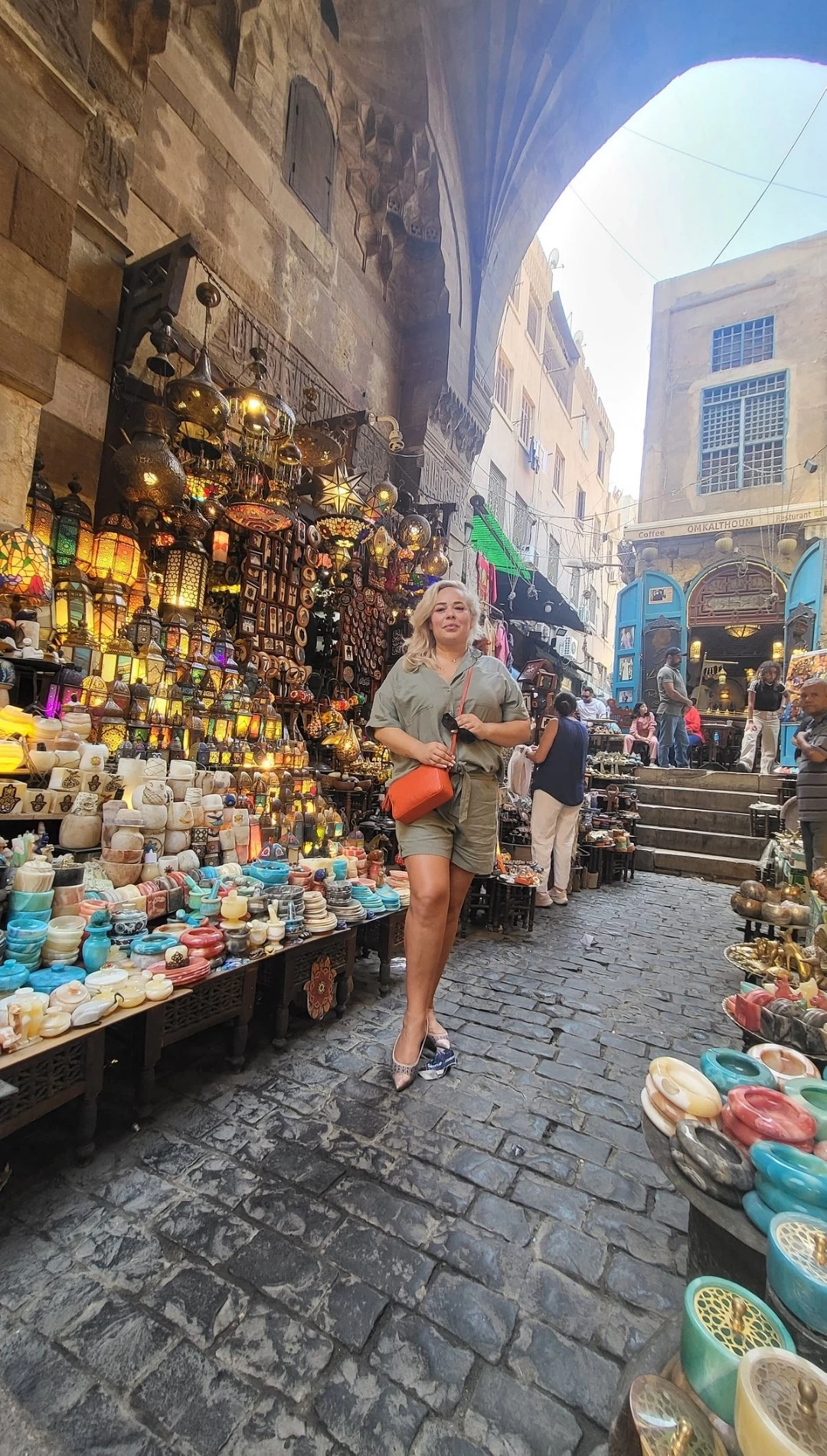
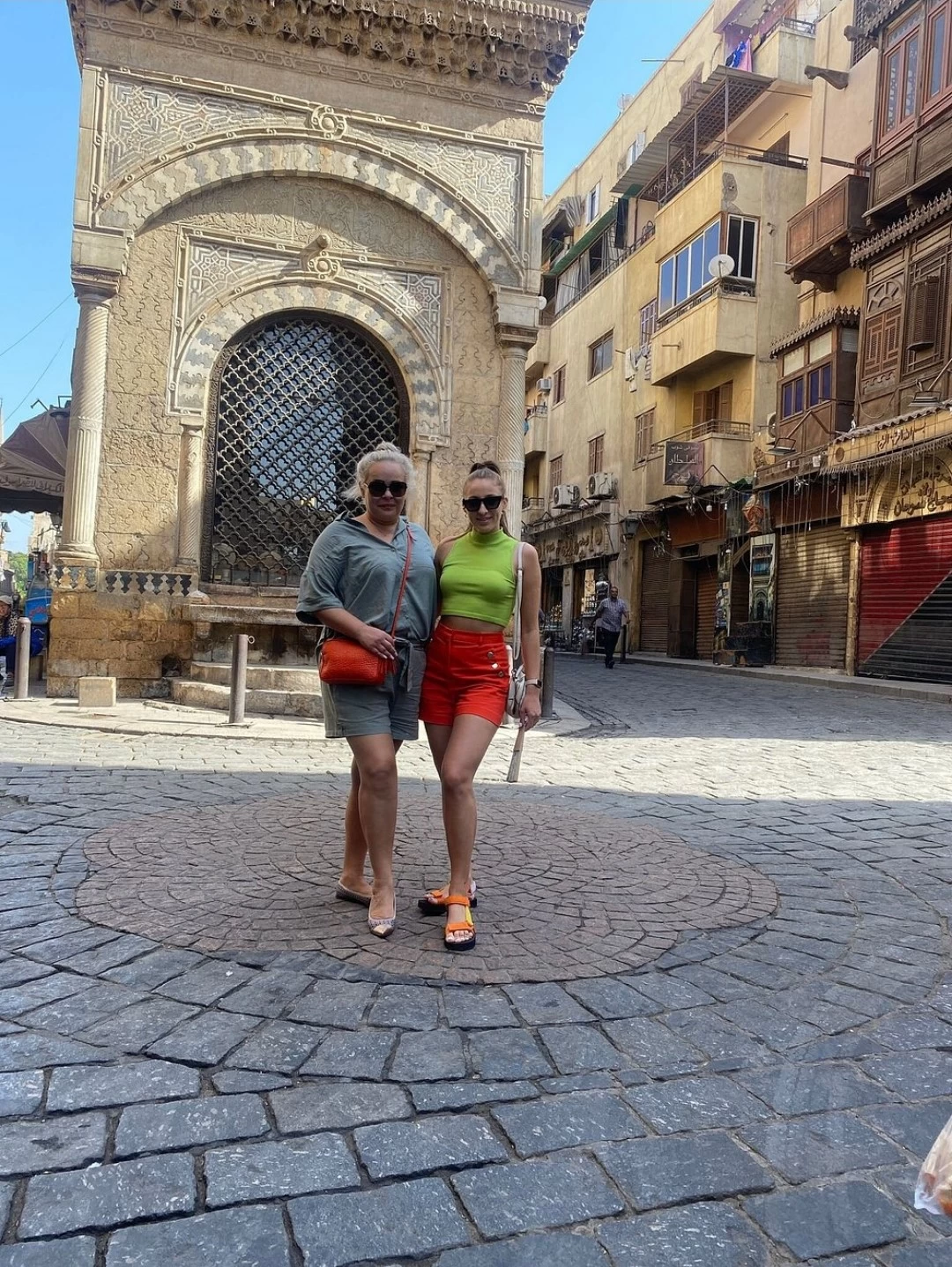

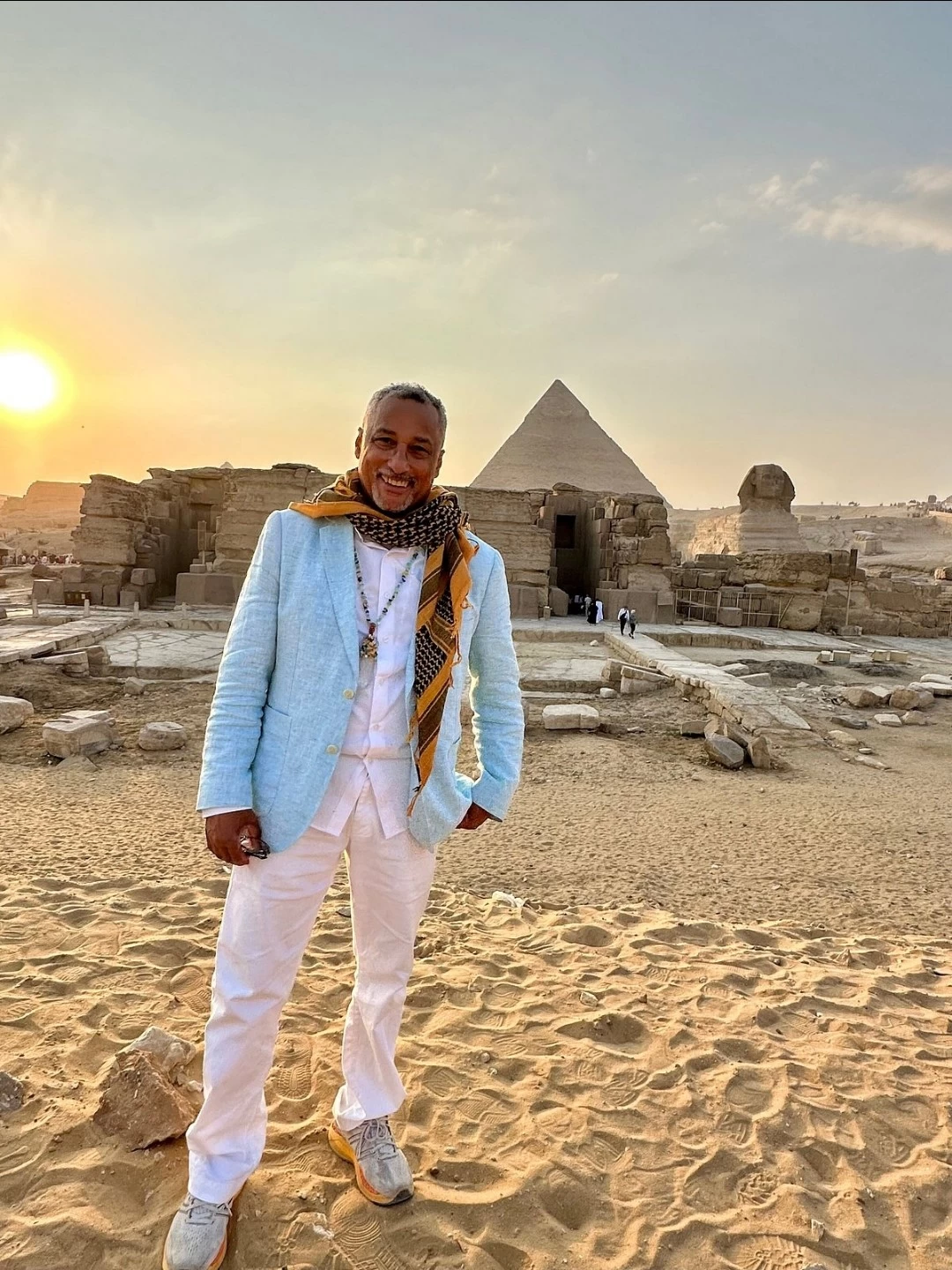
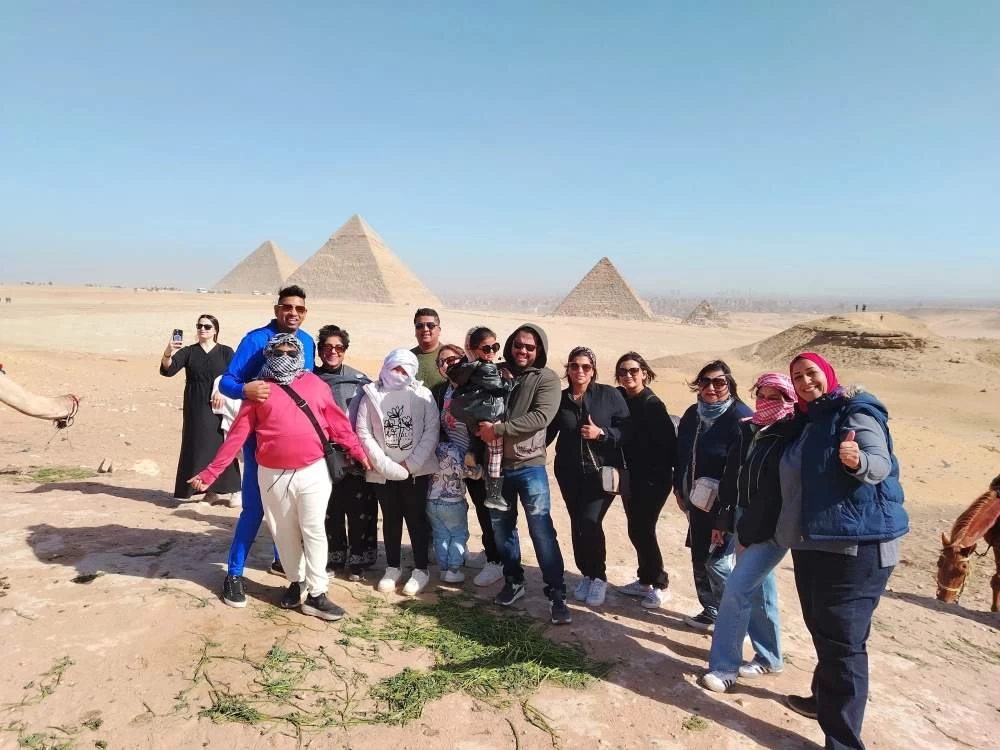
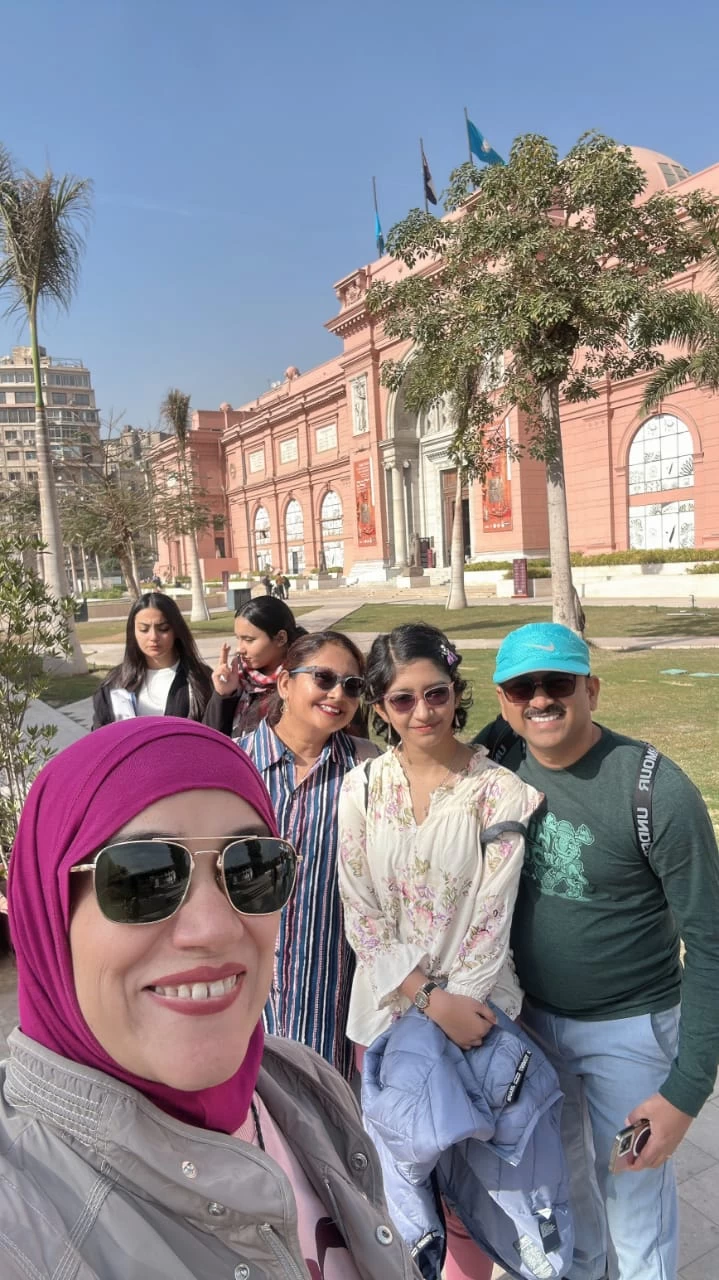
-webp.webp)
-webp.webp)
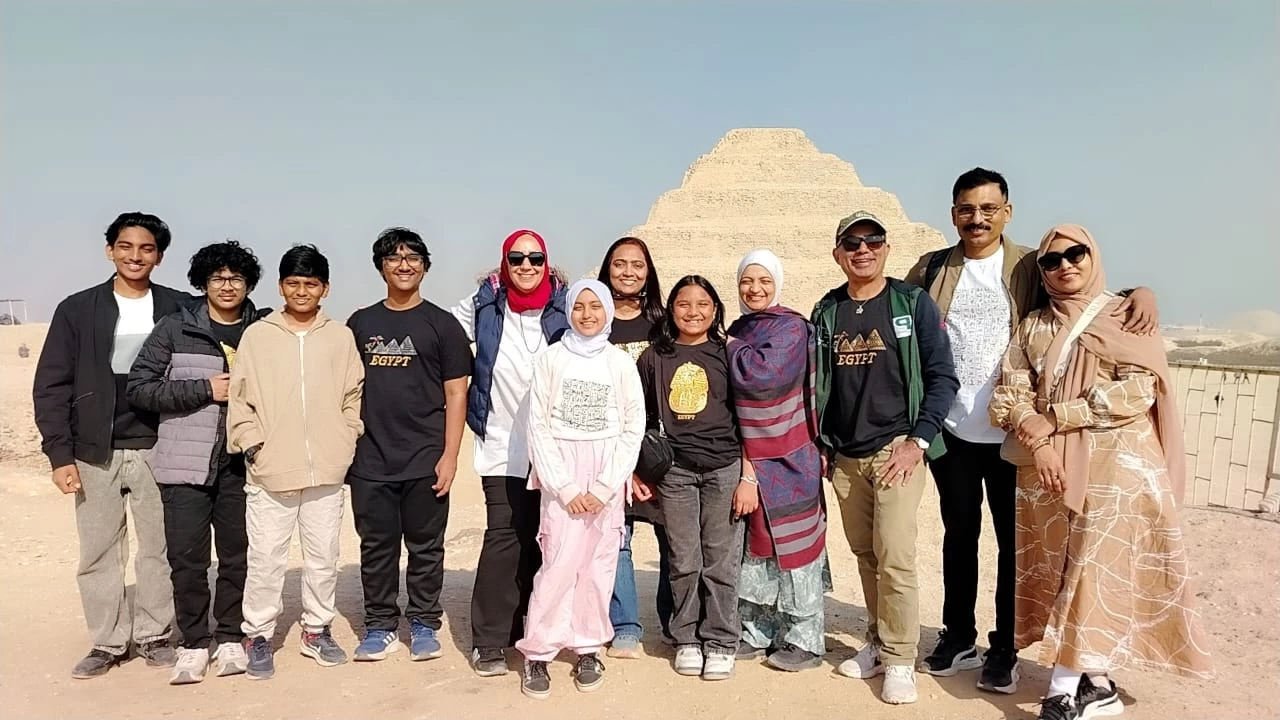
-webp.webp)
-webp.webp)
-webp.webp)
-webp.webp)
-webp.webp)
-webp.webp)
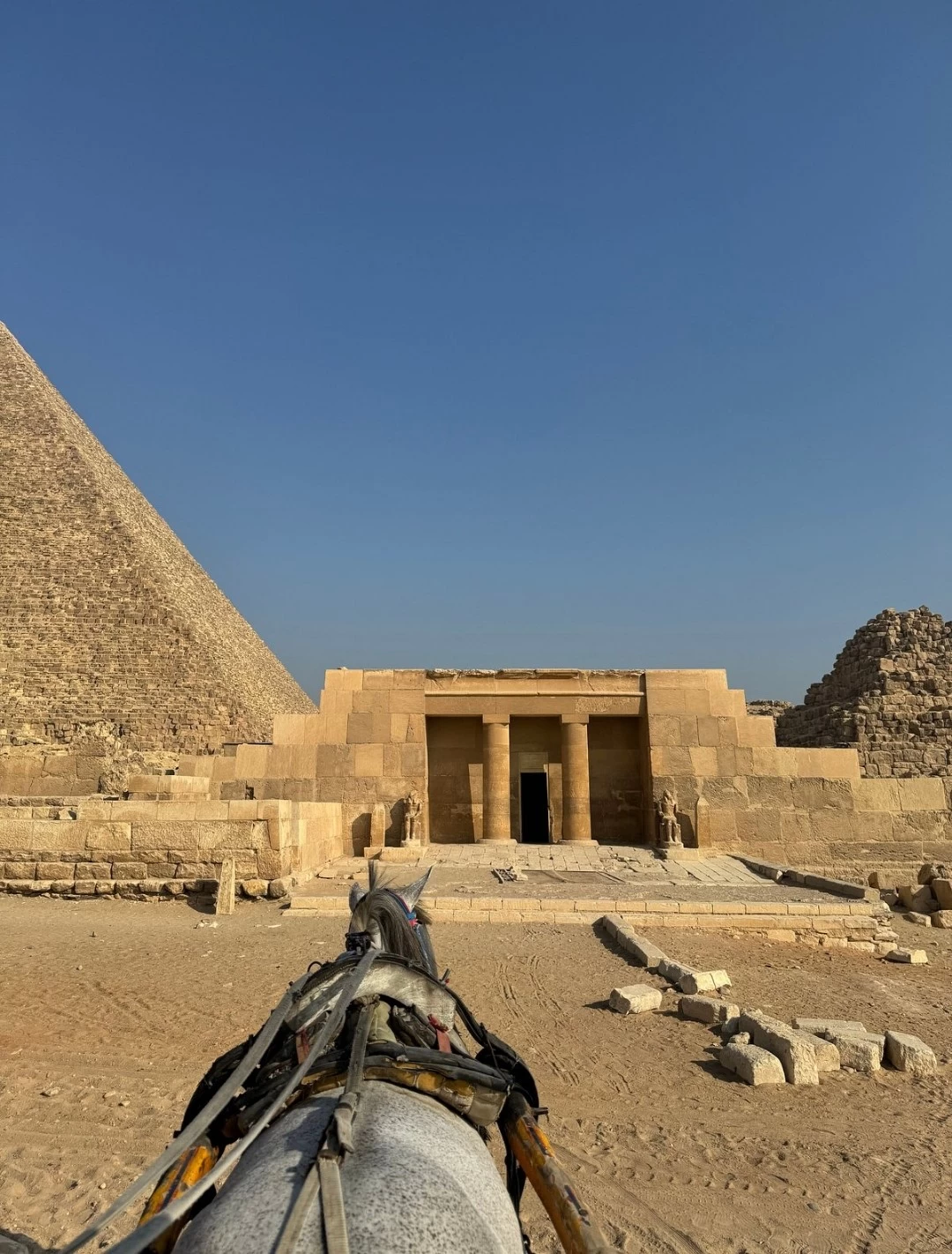
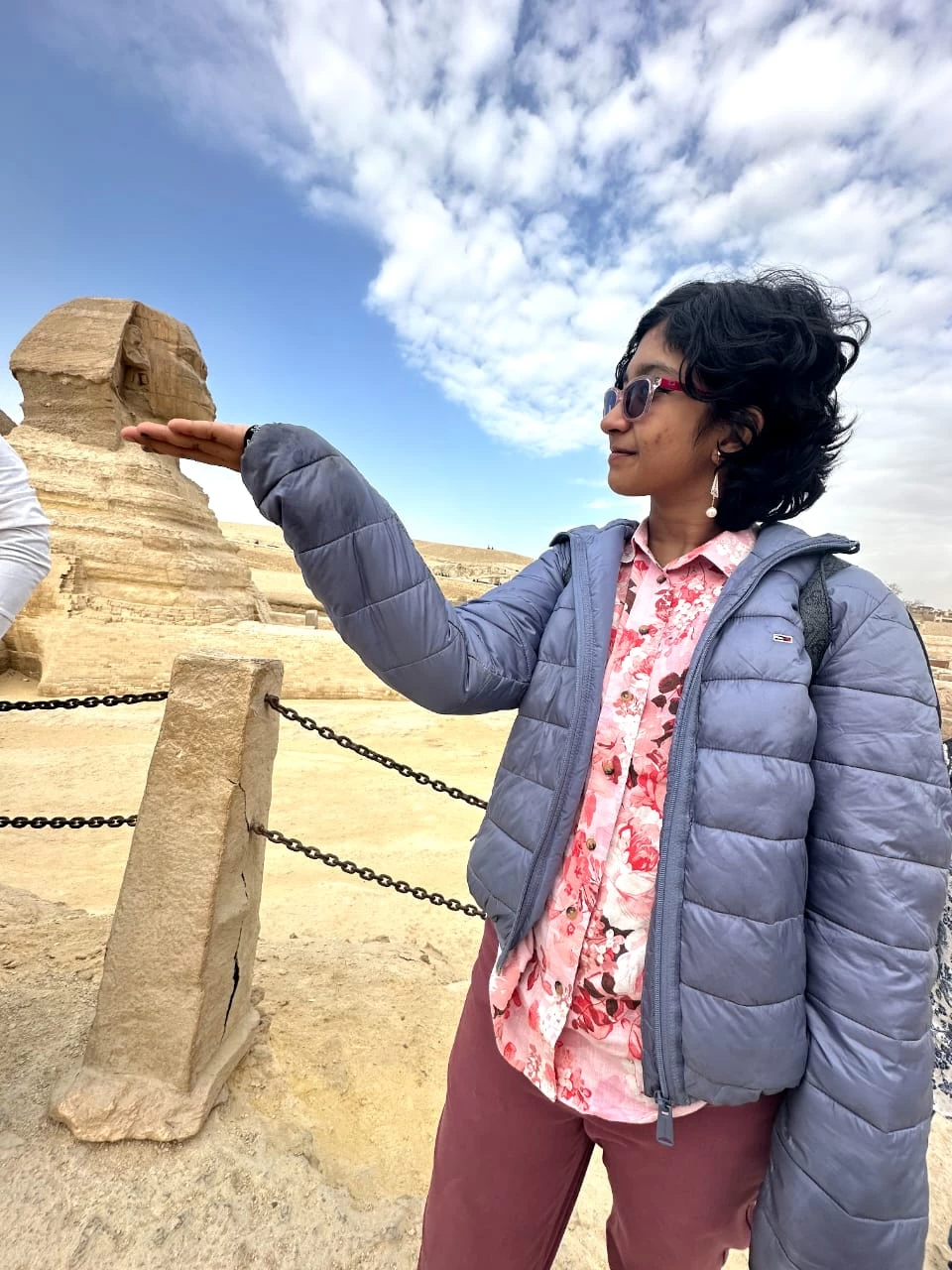
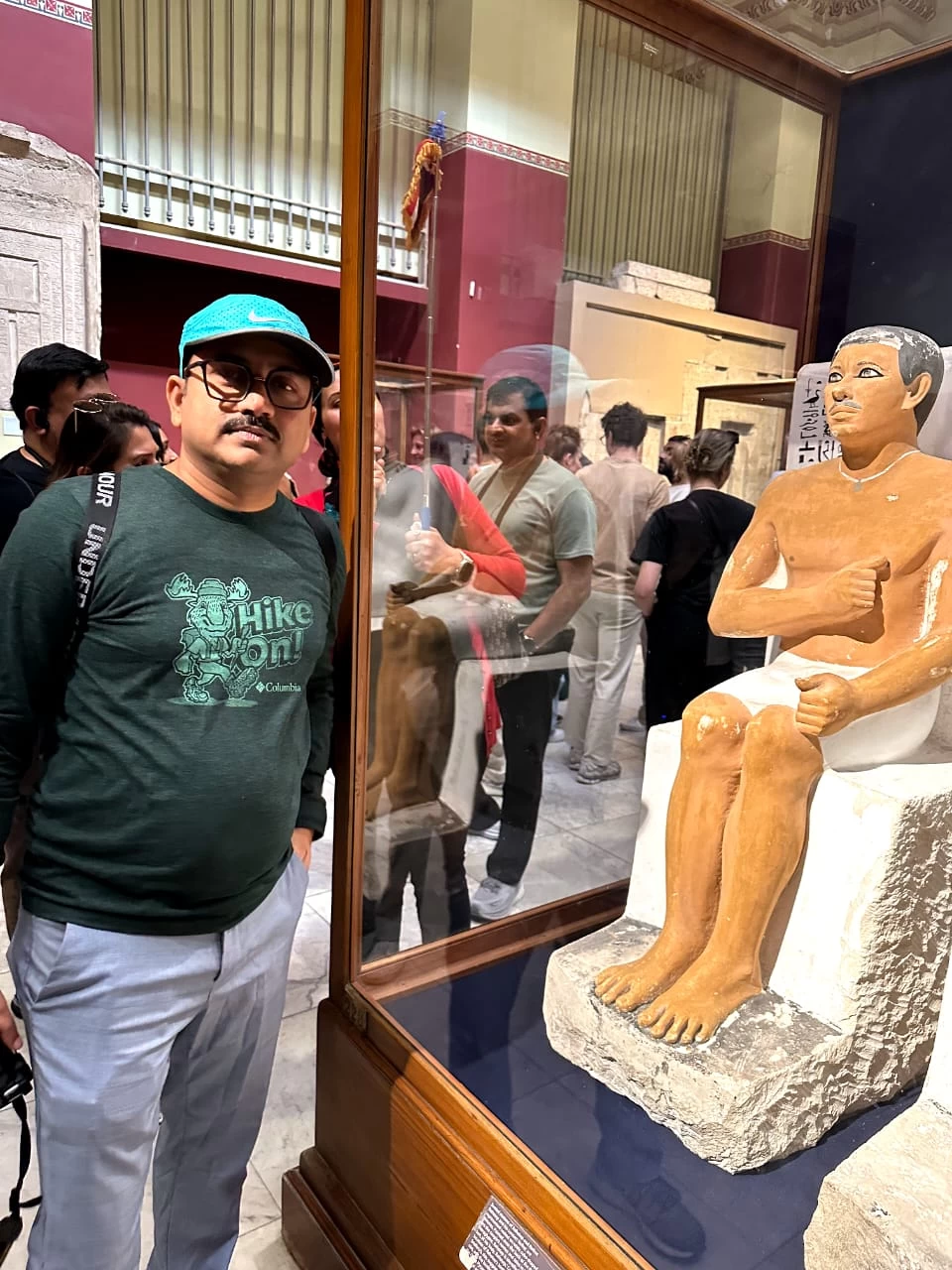
-webp.webp)
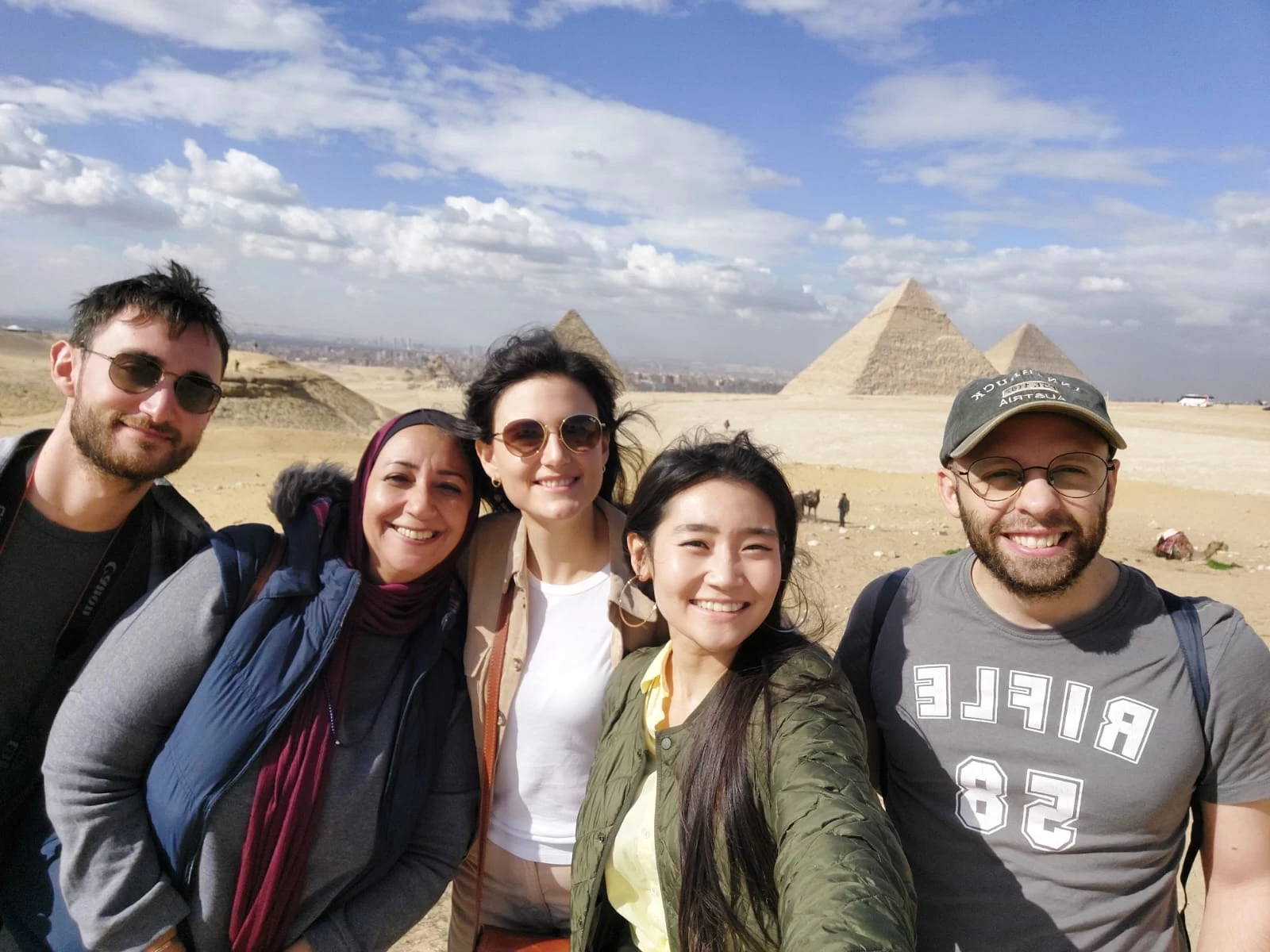
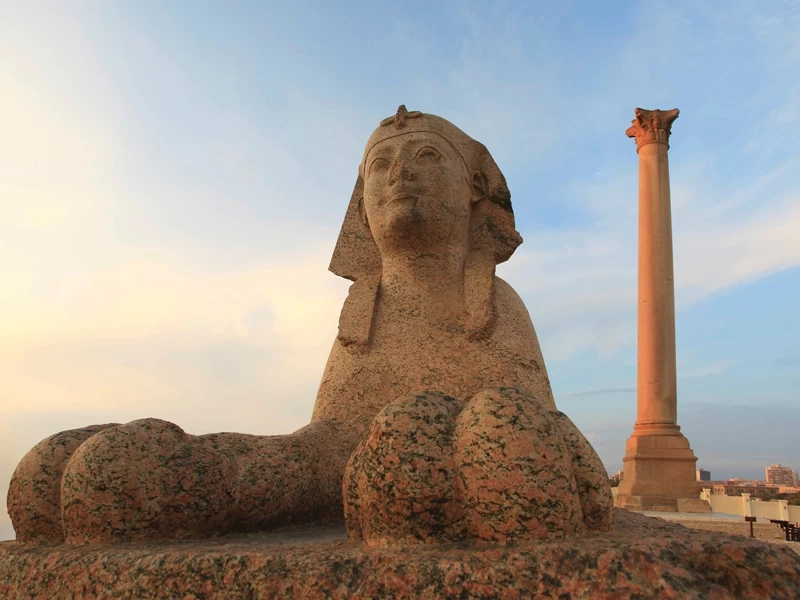
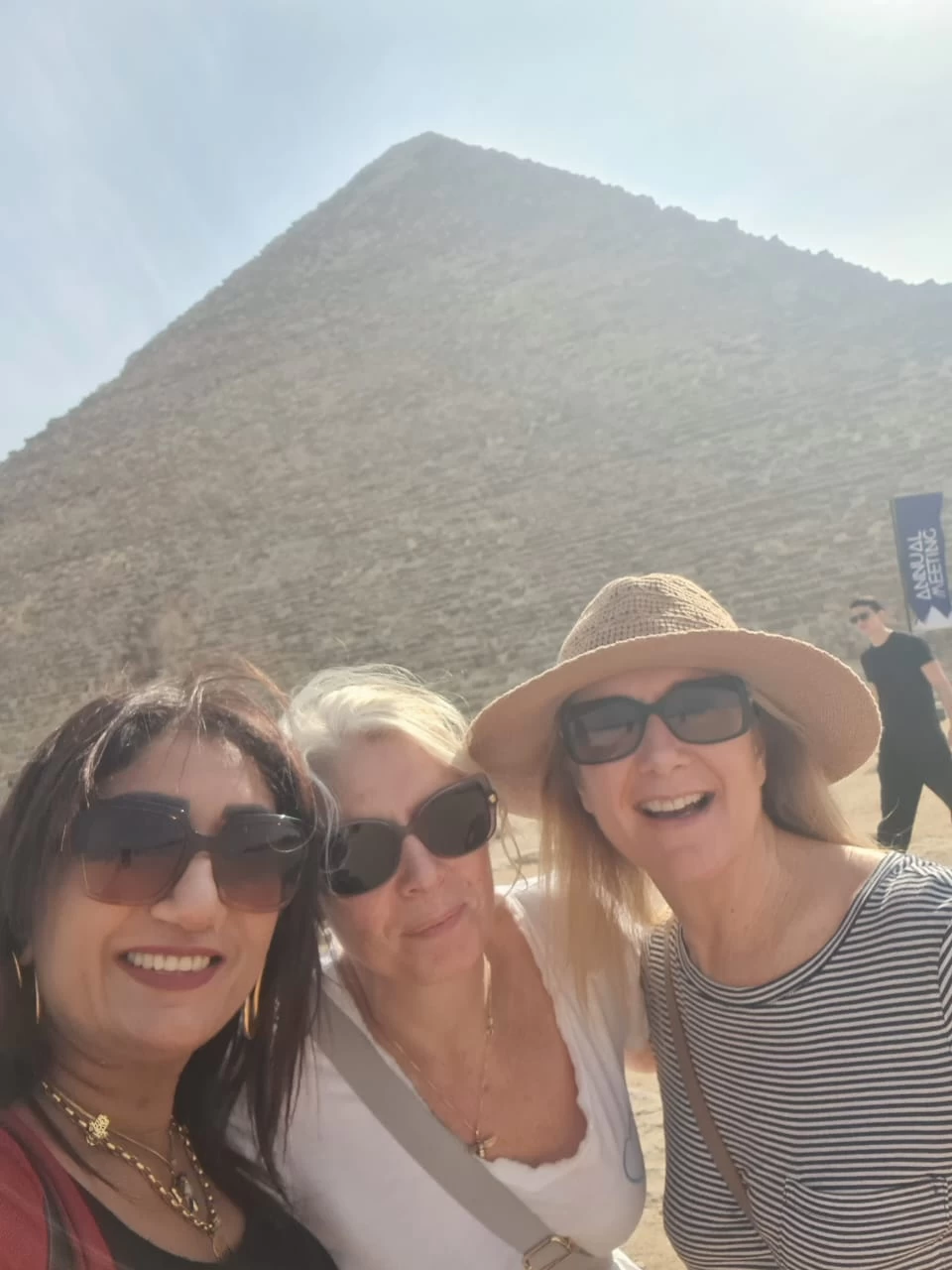


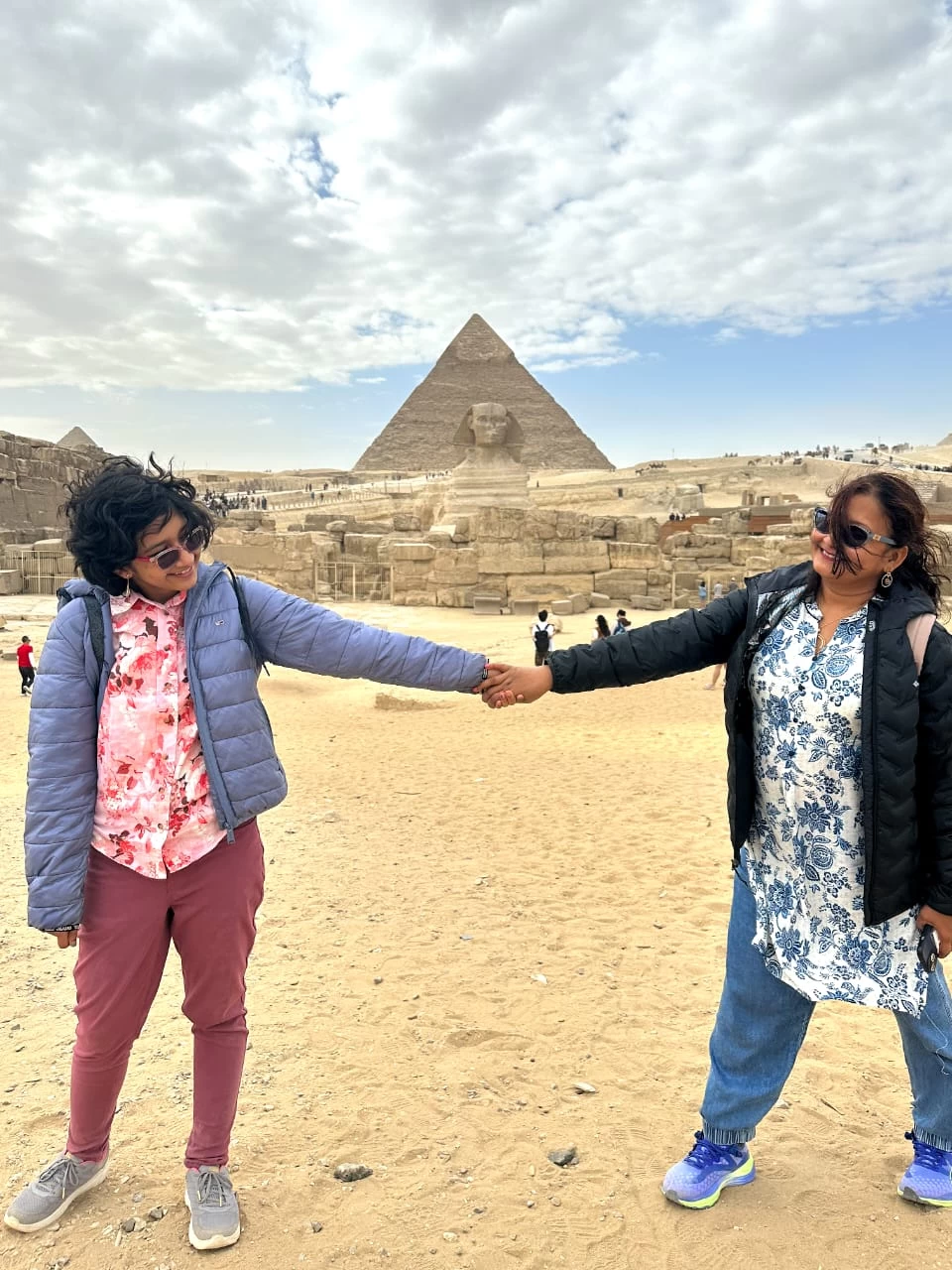
-webp.webp)
-webp.webp)










.png)

